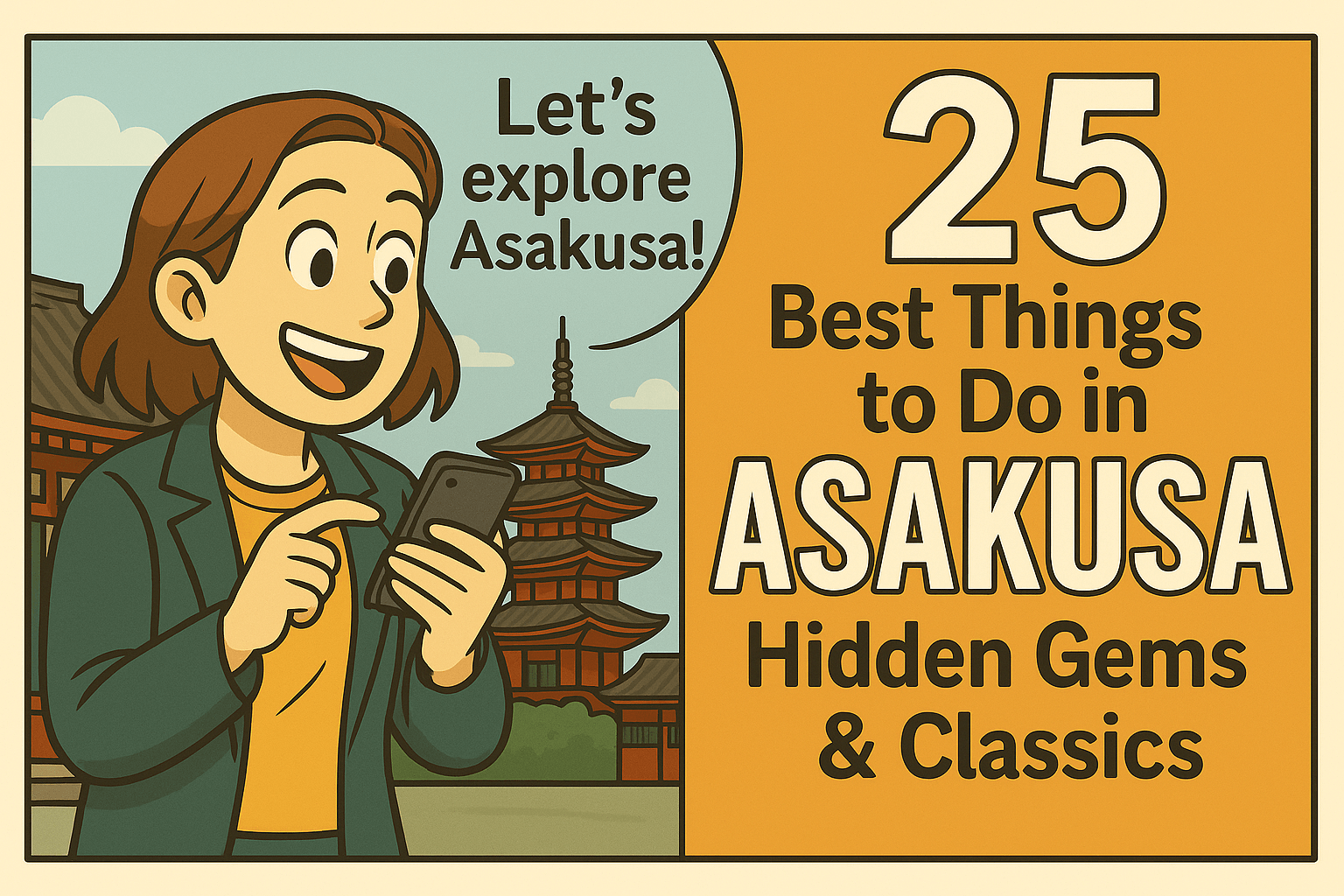Visit Sensō-ji Temple – Tokyo’s Oldest and Most Famous Temple

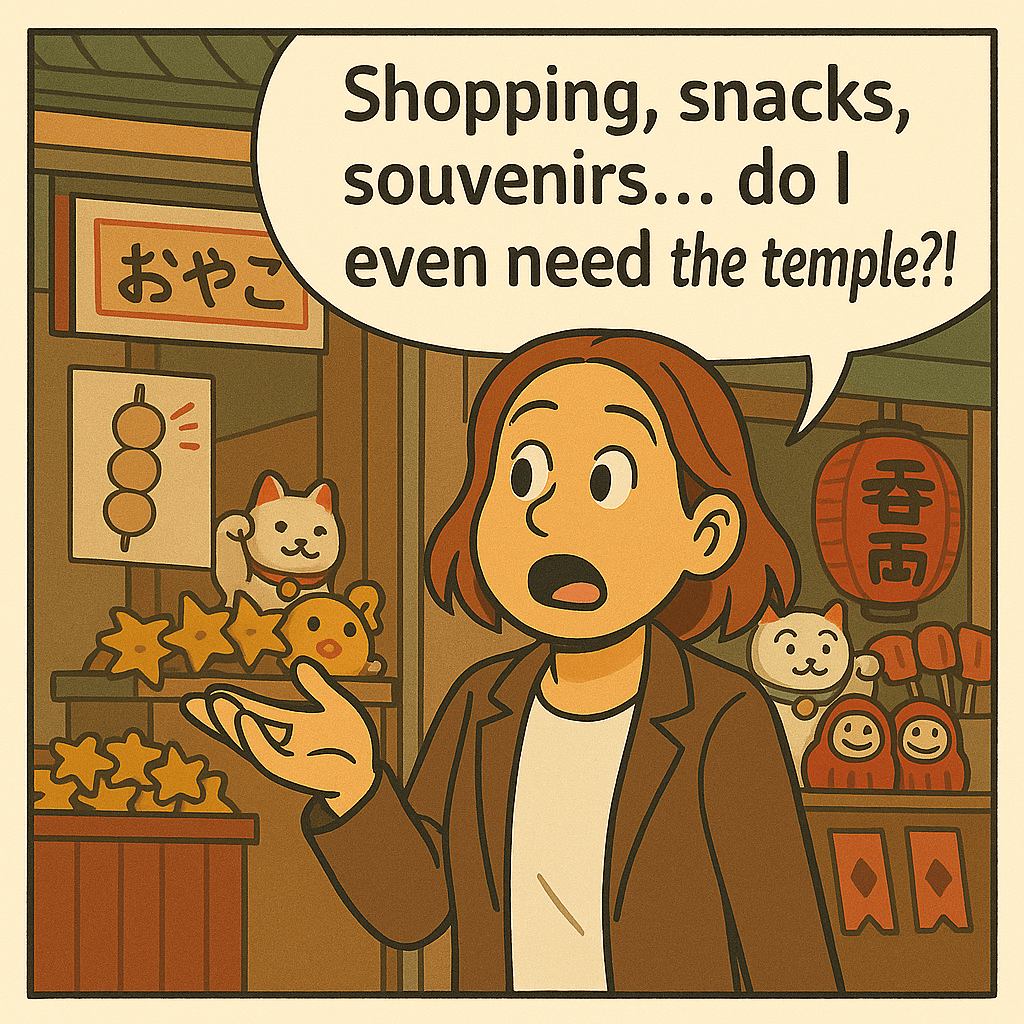

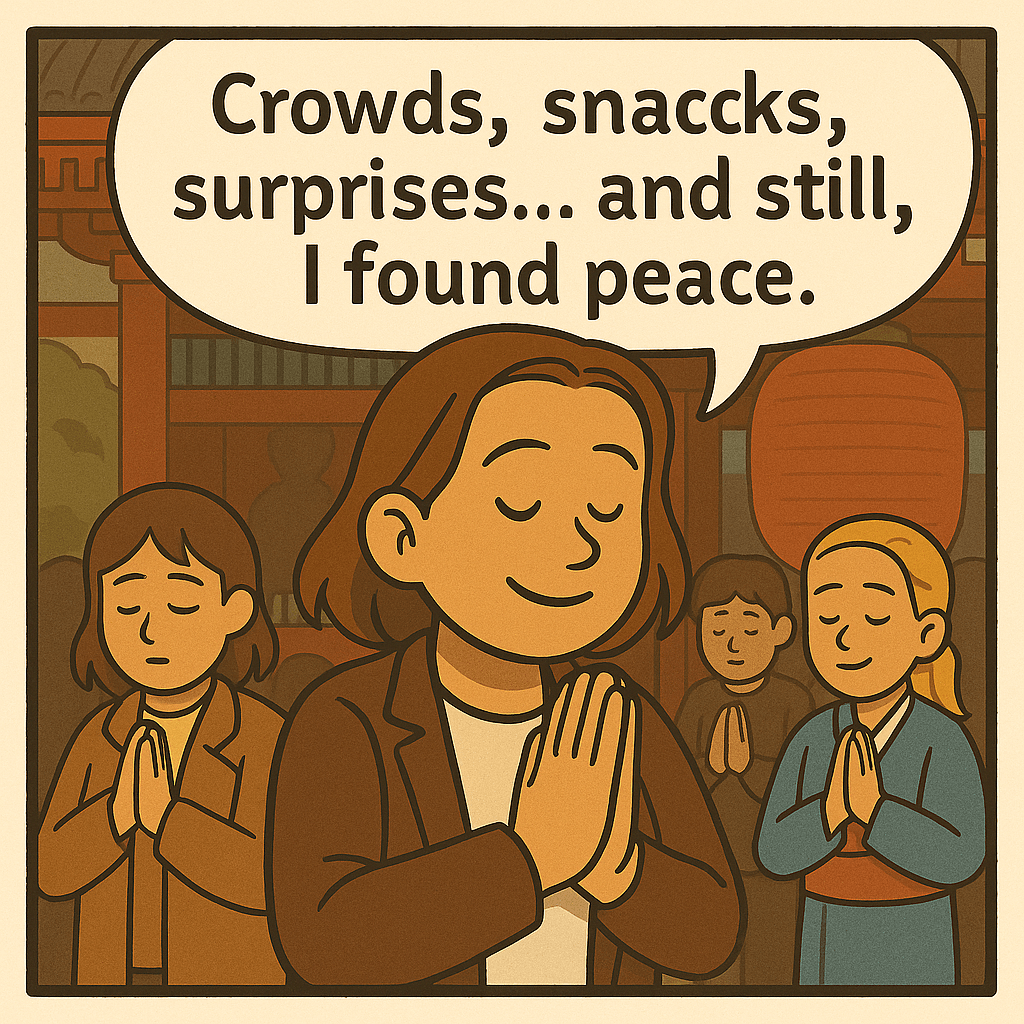
If there’s one place you absolutely can’t miss in Asakusa, it’s Sensō-ji Temple. Founded in the year 645, this is the oldest temple in Tokyo and one of the most visited spiritual sites in Japan. As you pass through the iconic Kaminarimon Gate with its massive red lantern, you’re stepping into a world of history and reverence.
Wander through the bustling Nakamise Shopping Street before reaching the main hall, where you can offer prayers, light incense, and draw an omikuji—a traditional fortune slip. If it predicts bad luck, just tie it to a nearby rack to leave the misfortune behind!
Sensō-ji is especially beautiful during cherry blossom season or when illuminated at night. Whether you’re interested in spirituality, photography, or Japanese culture, this temple is the perfect place to begin your Asakusa journey.
Walk Through Kaminarimon Gate and Nakamise Shopping Street

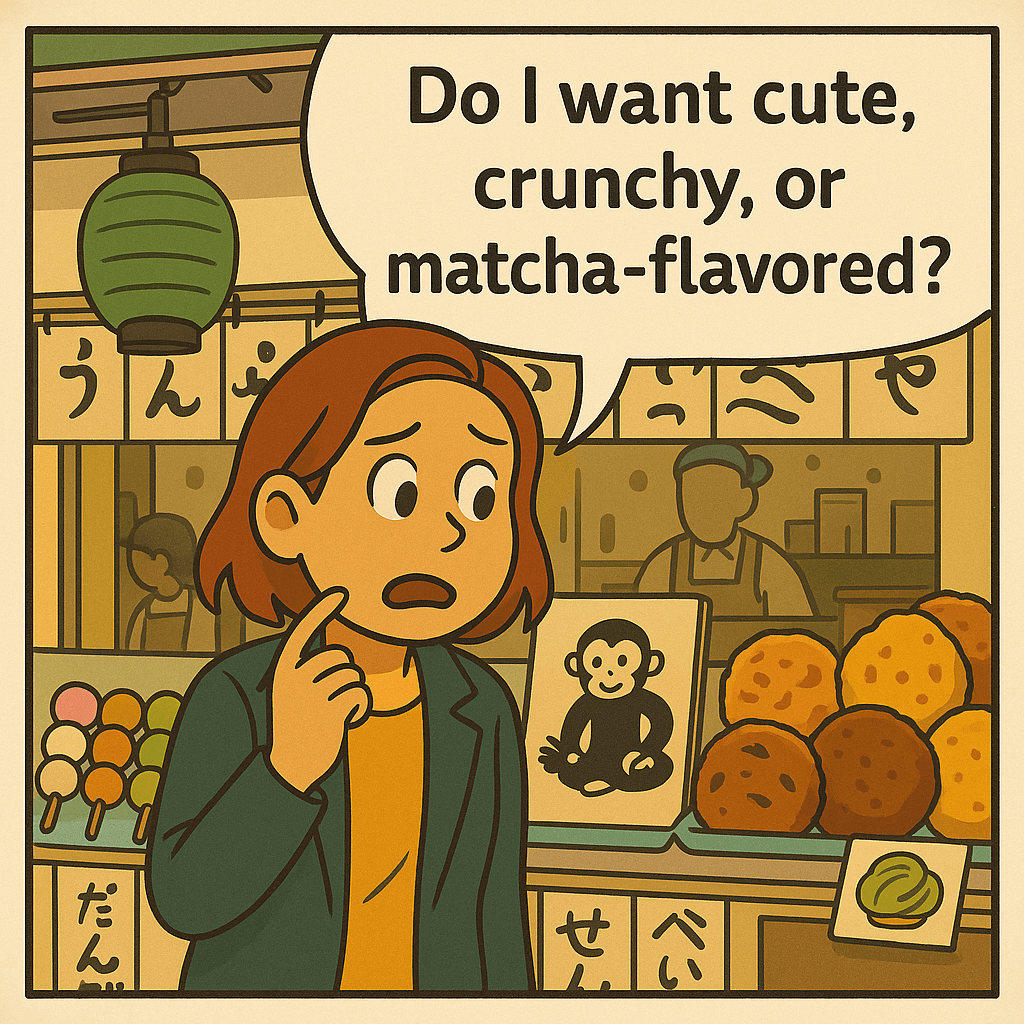
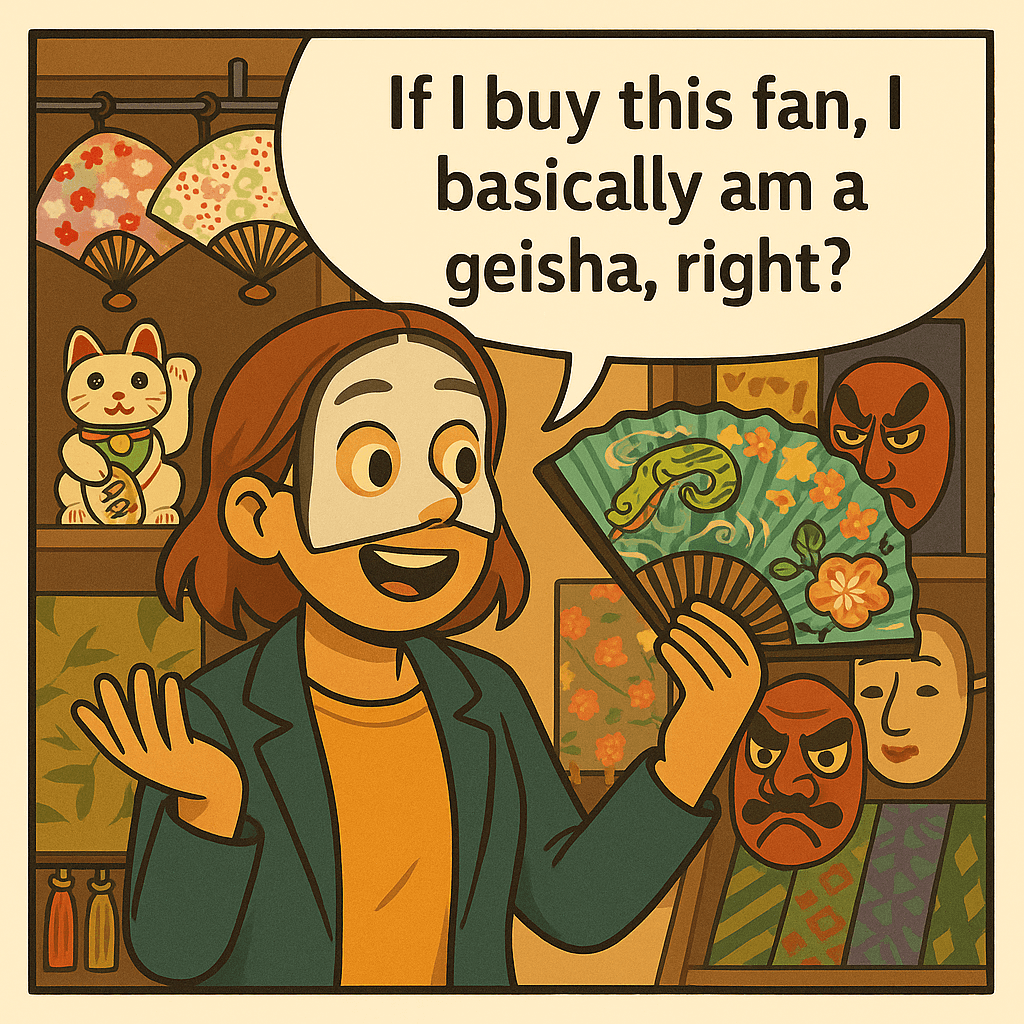

The journey to Sensō-ji begins with the dramatic Kaminarimon Gate, a towering red structure featuring a giant lantern and fierce guardian statues. It’s one of Tokyo’s most iconic photo spots—don’t forget your camera!
Once you pass through the gate, you’ll enter Nakamise Shopping Street, a lively 250-meter stretch lined with traditional souvenir shops and food stalls. Here you can sample classic treats like ningyoyaki (small sponge cakes), rice crackers, and matcha sweets, or browse for yukata, fans, and handmade crafts.
It’s the perfect blend of cultural immersion and casual fun. Even if you’re not a shopper, the colors, sounds, and smells make it worth exploring.
Try Traditional Street Food in Asakusa




Asakusa is a paradise for street food lovers. While walking around, you’ll find vendors offering local delights that are both affordable and delicious.
Popular must-tries include:
- Menchi-katsu (fried minced meat patty) – juicy and crispy
- Melon pan (sweet melon-shaped bread) – best when warm
- Ningyoyaki (little sponge cakes with red bean filling)
- Senbei (grilled rice crackers) – often made fresh on-site
- Matcha soft serve – especially refreshing in summer
Vegetarian or vegan? Asakusa has options like sweet potato sticks, mochi, and even a few dedicated vegan stalls popping up in the area.
Full Meals Worth Sitting Down For




Sure, everyone loves Asakusa’s street snacks…
But sometimes, you need something more filling — a real meal that hits the spot.
From hands-on monjayaki grilled right at your table, to perfectly crisp tempura, and refined, hand-made soba noodles, Asakusa serves up serious flavor for hungry travelers.
If you’re craving something more than just a quick bite, these classic dishes offer a delicious taste of tradition — and a satisfying break from your sightseeing adventure.
Rent a Kimono and Explore the Streets
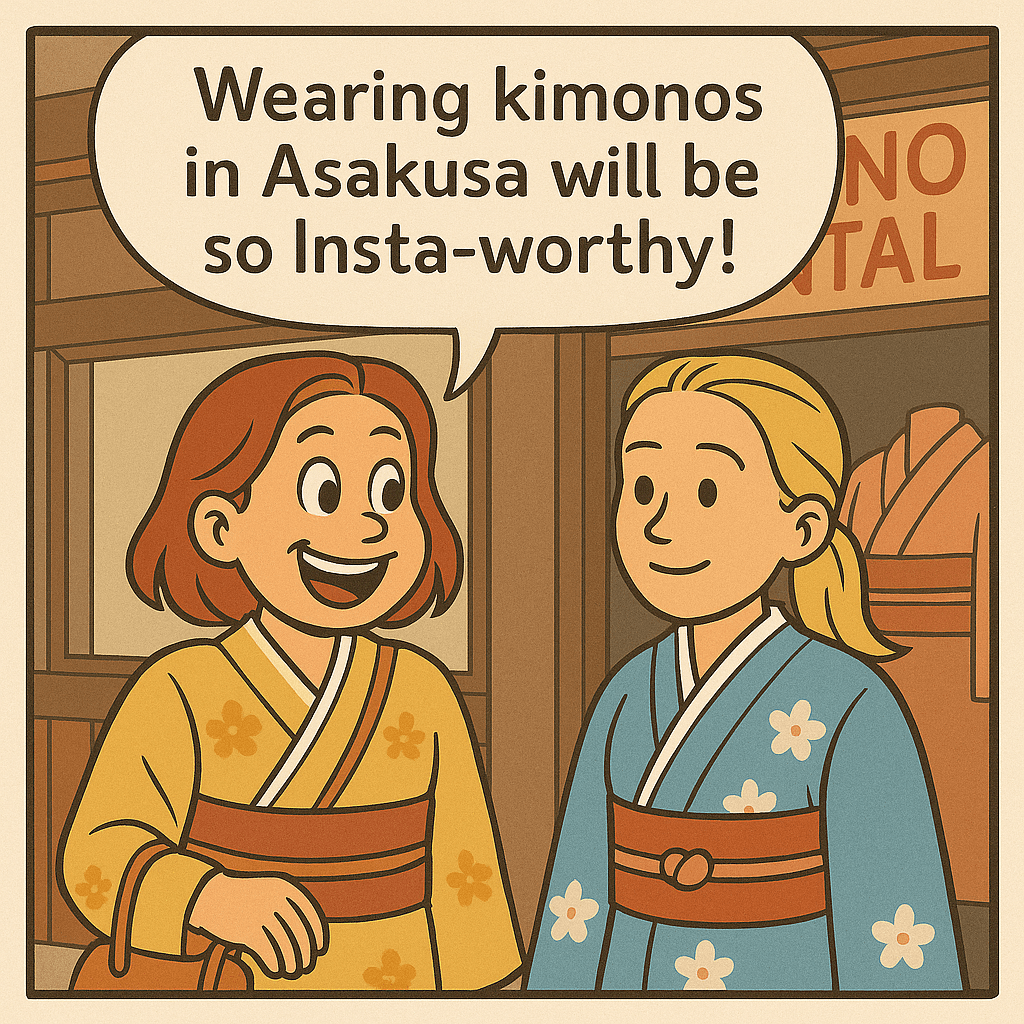
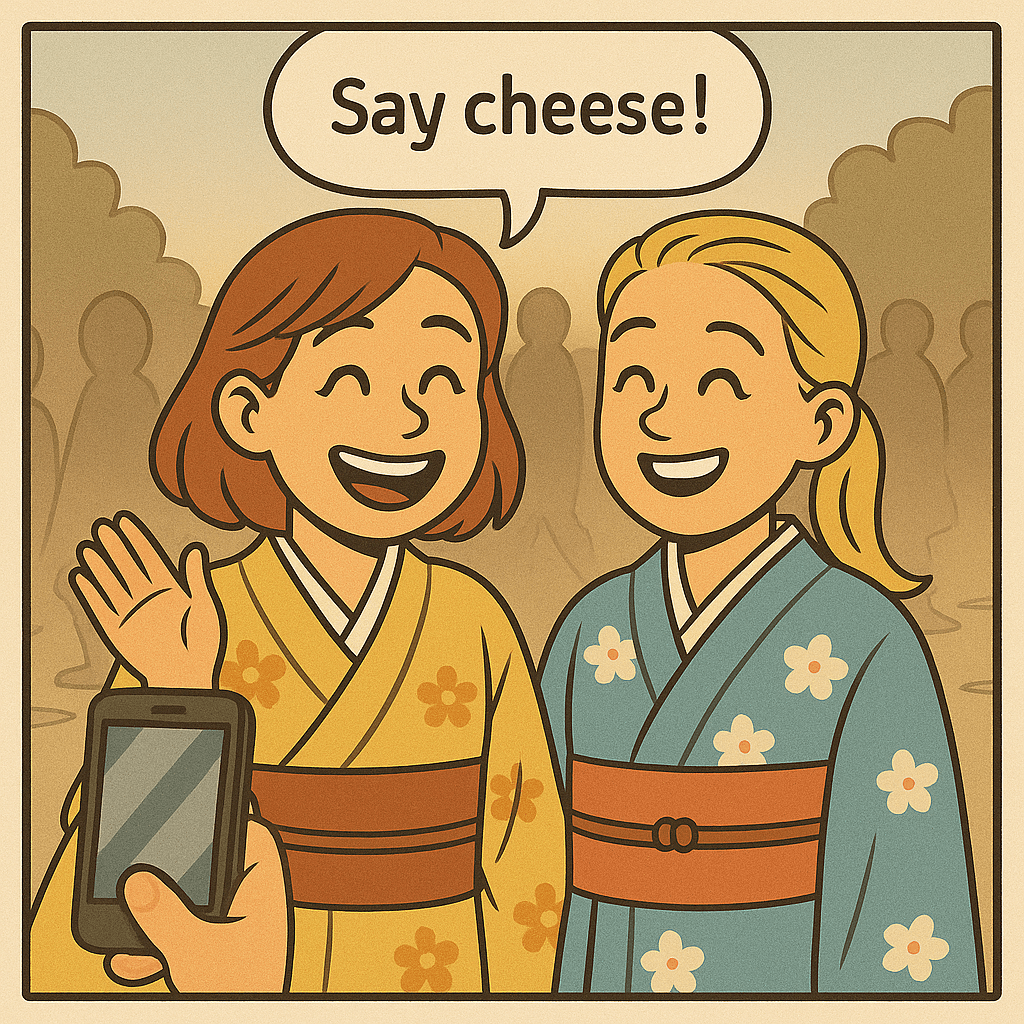
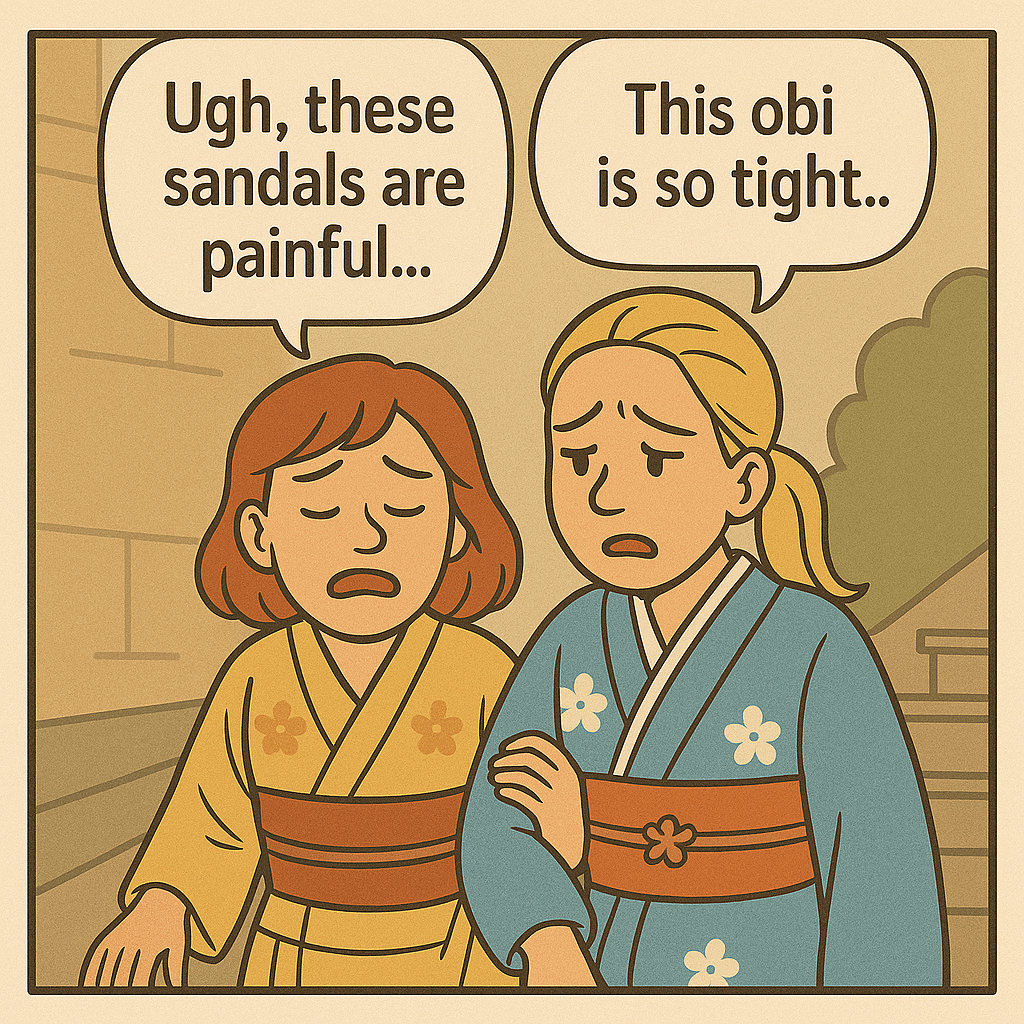

For a true cultural experience (and amazing photos), try renting a kimono and strolling through the streets of Asakusa. There are many rental shops near the temple that offer full packages including hair styling, accessories, and sandals.
You’ll blend in beautifully with the traditional atmosphere of the area, and locals are always happy to help you capture the perfect snapshot.
Tips:
- Book ahead during cherry blossom or autumn seasons
- Wear a light inner layer for comfort
- Be prepared for lots of compliments!
Wearing a kimono can turn a casual day trip into an unforgettable memory.
Ride a Rickshaw Through the Historical Streets

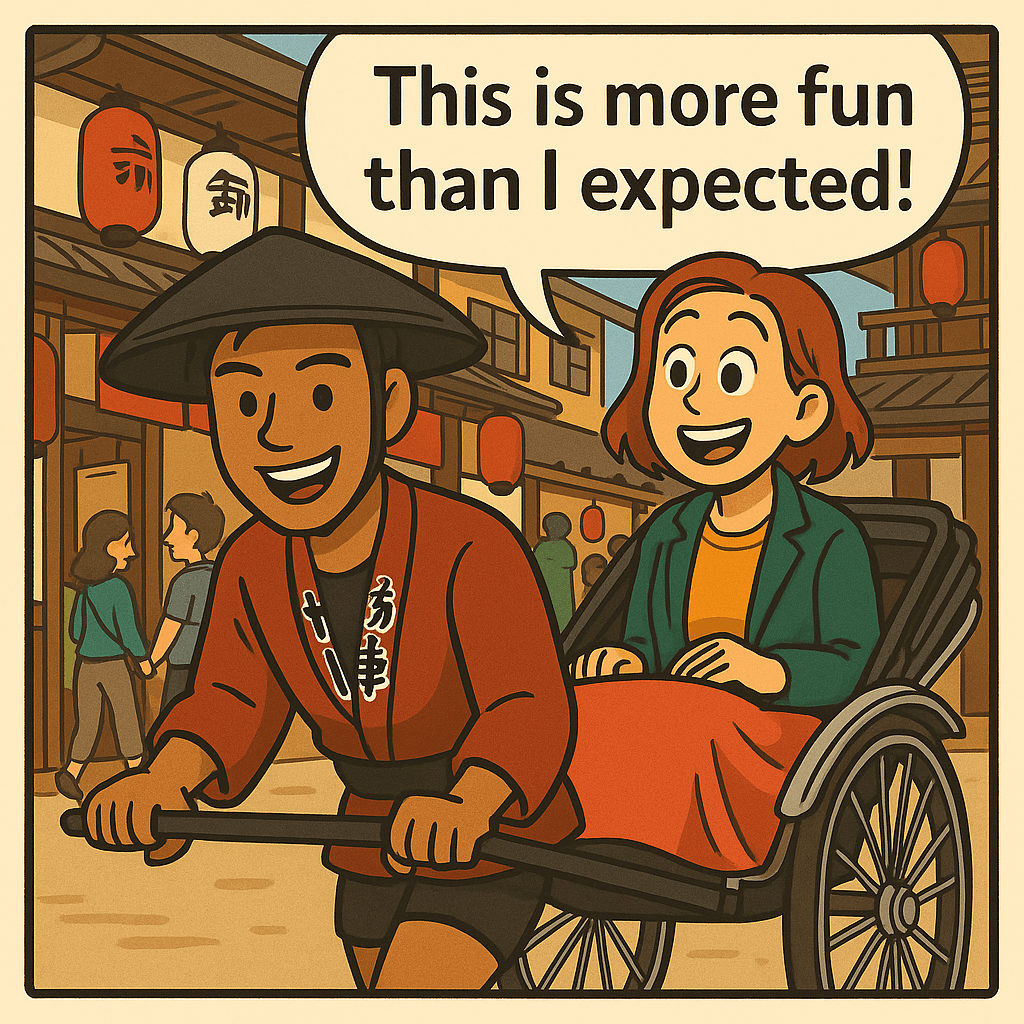
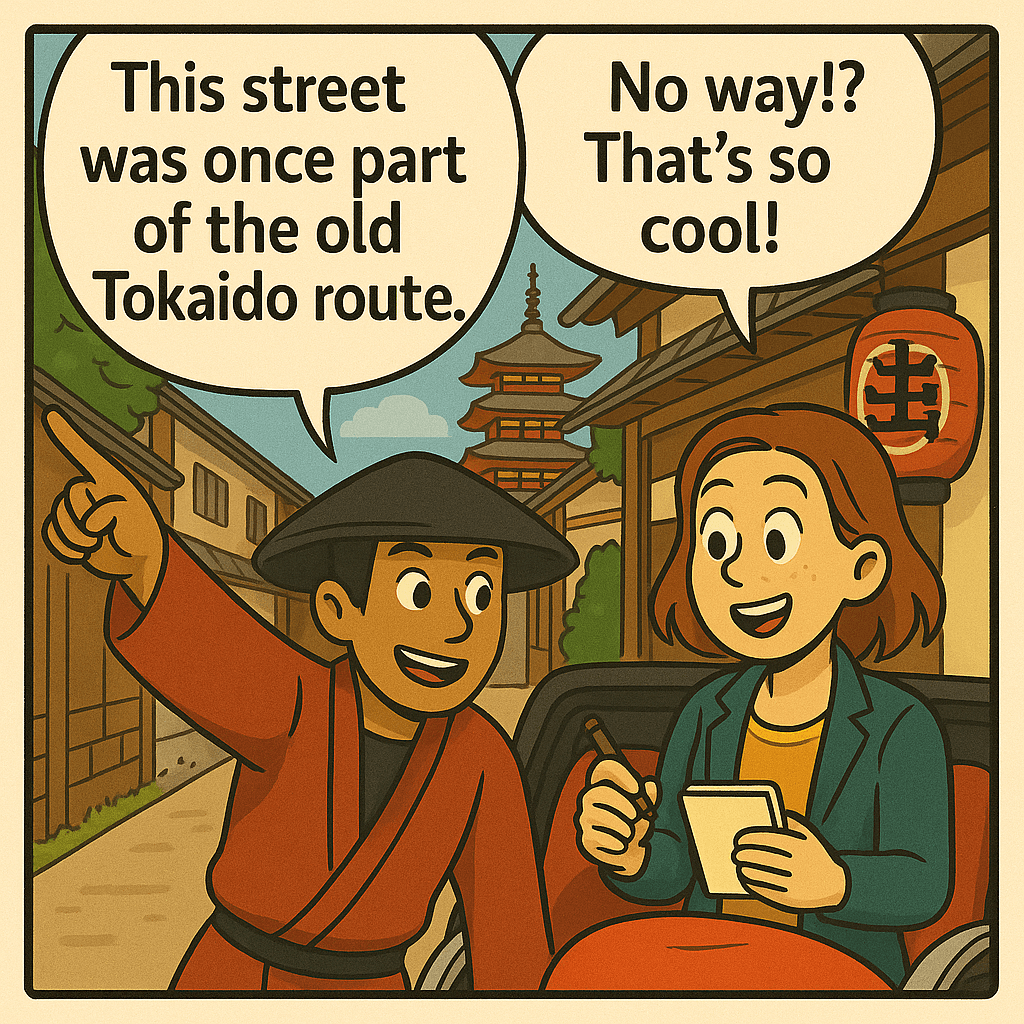

Want to experience Asakusa in style? Try a rickshaw ride (jinrikisha) pulled by energetic and knowledgeable drivers dressed in traditional attire. These guides not only take you around scenic spots but also share stories and historical insights along the way.
You can choose between short 10-minute loops or longer 30-minute to 1-hour routes that cover more of Asakusa’s highlights, including hidden backstreets and riverside views.
It’s a fantastic way to see the area if you’re short on time—or just want a unique photo op!
Take Stunning Photos at Hidden Spots in Asakusa




Asakusa isn’t just about Sensō-ji and Kaminarimon.
Wander a little off the main streets, and you’ll find photo-worthy surprises waiting around every corner.
- Asakusa Yokocho – A neon explosion of color inside a modern building. It’s like stepping into a nightlife-themed dream version of Tokyo.
- Kagetsudo Pinwheel Wall – A rainbow wall of spinning pinwheels that’s just begging to be your next profile pic.
- Asakusa Underground Shopping Street – Tokyo’s oldest underground arcade feels like a vintage RPG dungeon—low ceilings, faded signs, and pure Showa vibes.
- Denpoin Street Ninja Rooftop – Don’t forget to look up! You might spot a life-sized ninja silently perched above traditional rooftops.
Whether you’re hunting for quirky Instagram shots or just want to discover the playful side of Asakusa, these hidden gems deliver both fun and surprise.
Enjoy a Sumida River Cruise



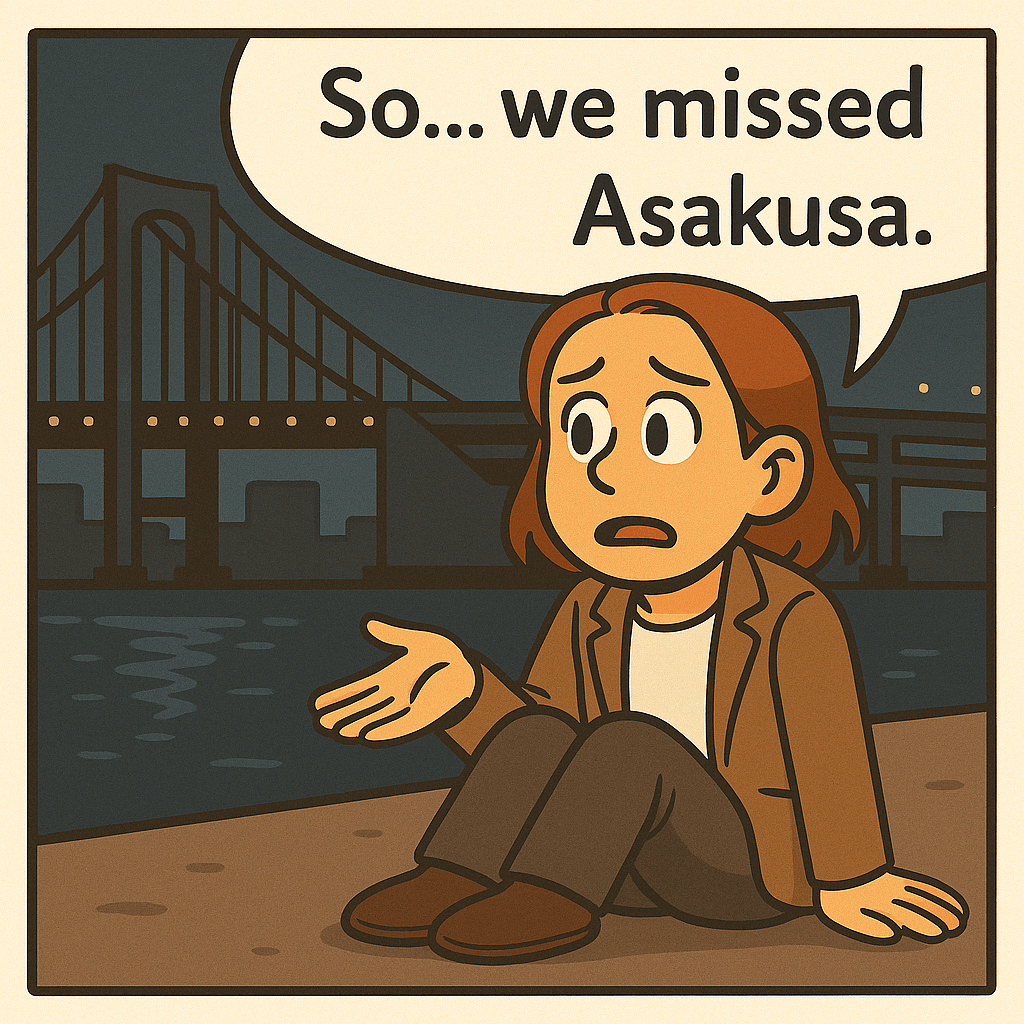
Escape the busy streets with a relaxing Sumida River cruise. Boats depart from the Asakusa Pier and glide past Tokyo Skytree, historic bridges, and modern architecture.
Choose from:
- Short rides (to Hamarikyu or Odaiba)
- Themed cruises (some offer food or drinks)
- Glass-roofed “Himiko” boats designed by manga artist Leiji Matsumoto
It’s an enjoyable way to rest your feet and see Tokyo from a new perspective.
Take a Stroll Along Sumida Park
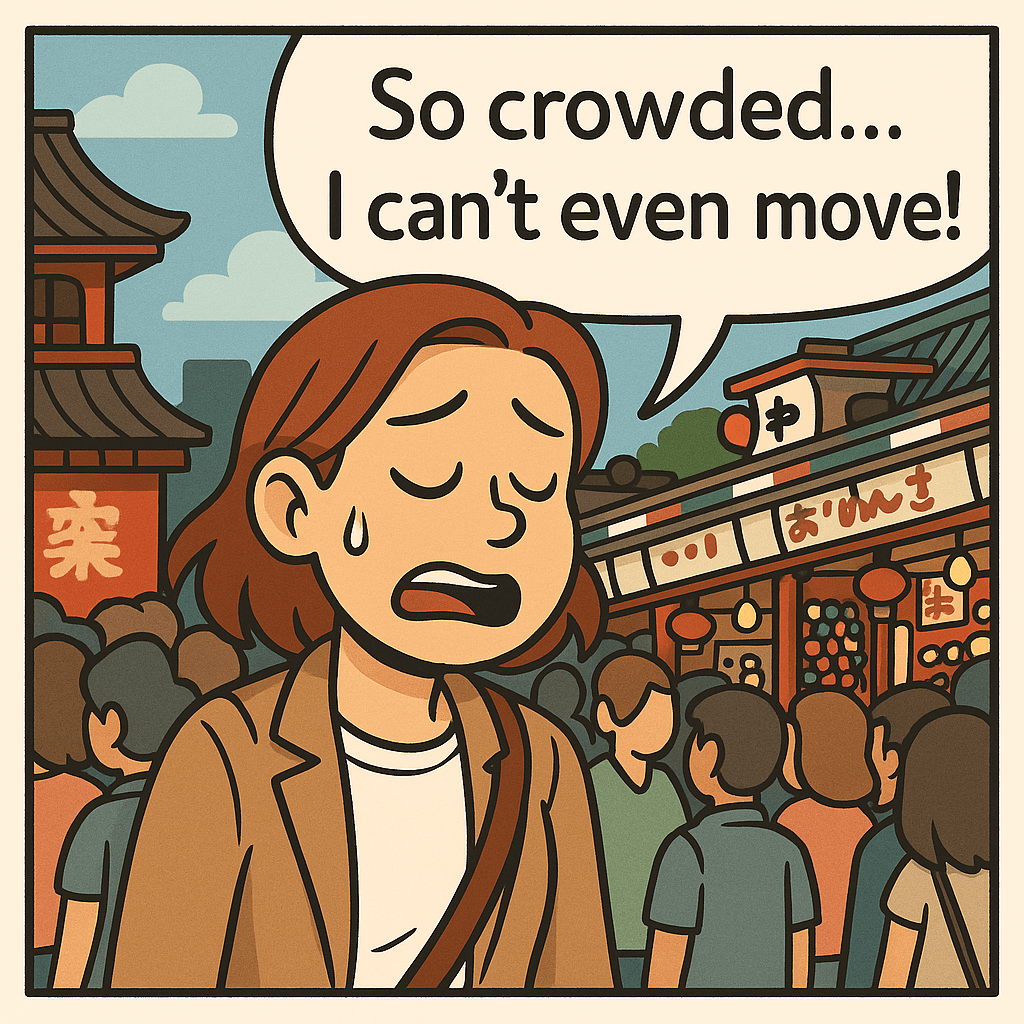
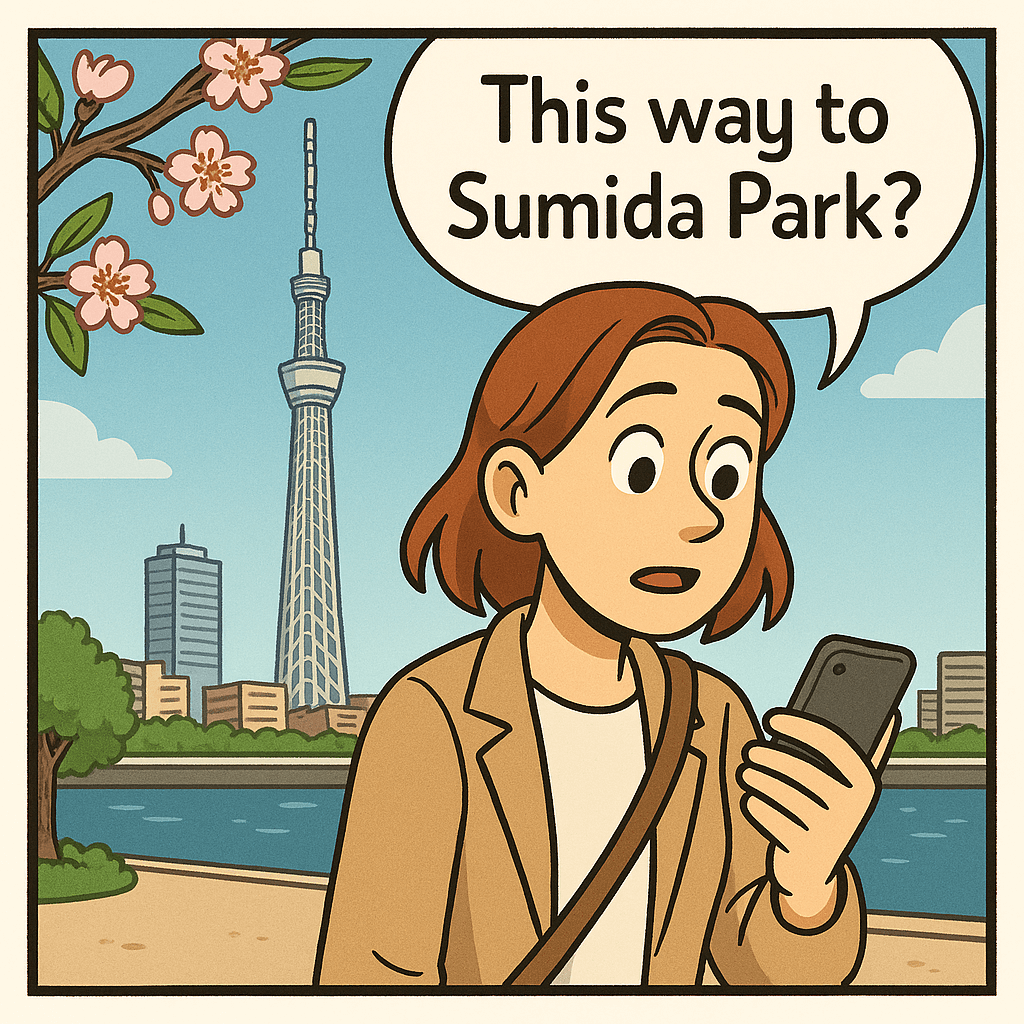


Enjoy a peaceful riverside escape in the heart of the city.
Need a break from the bustling temple crowds? Head to Sumida Park, a scenic riverside stretch that offers a refreshing contrast to the lively streets of Asakusa. With walking paths shaded by cherry trees, views of the Sumida River, and even glimpses of Tokyo Skytree, it’s the perfect spot for a morning walk or a quiet afternoon picnic. In spring, the park transforms into one of Tokyo’s most famous hanami (cherry blossom viewing) spots, drawing visitors with its pink-lined paths and relaxed atmosphere.
Whether you’re a solo traveler, a couple seeking a romantic view, or just in need of fresh air, Sumida Park offers a breath of calm just steps away from the city buzz.
Eat and Drink at a Local Izakaya

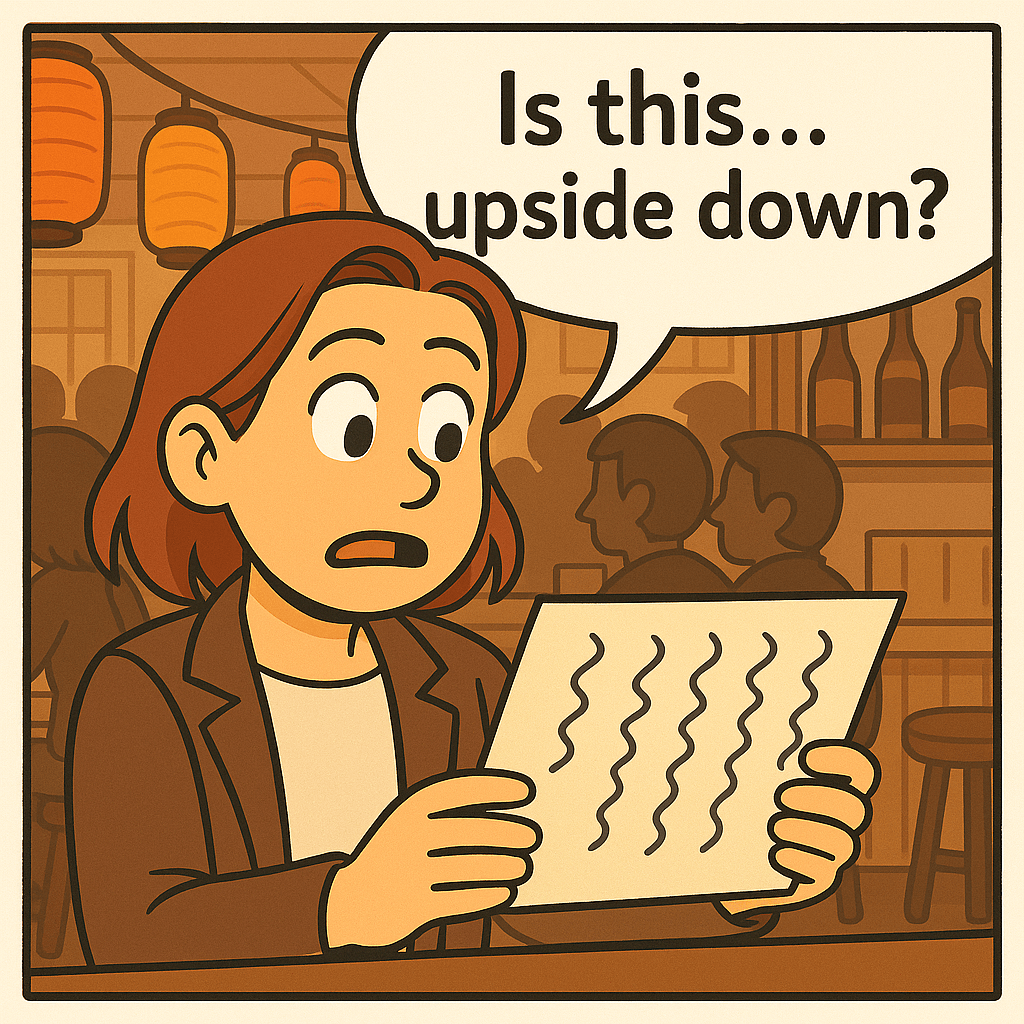

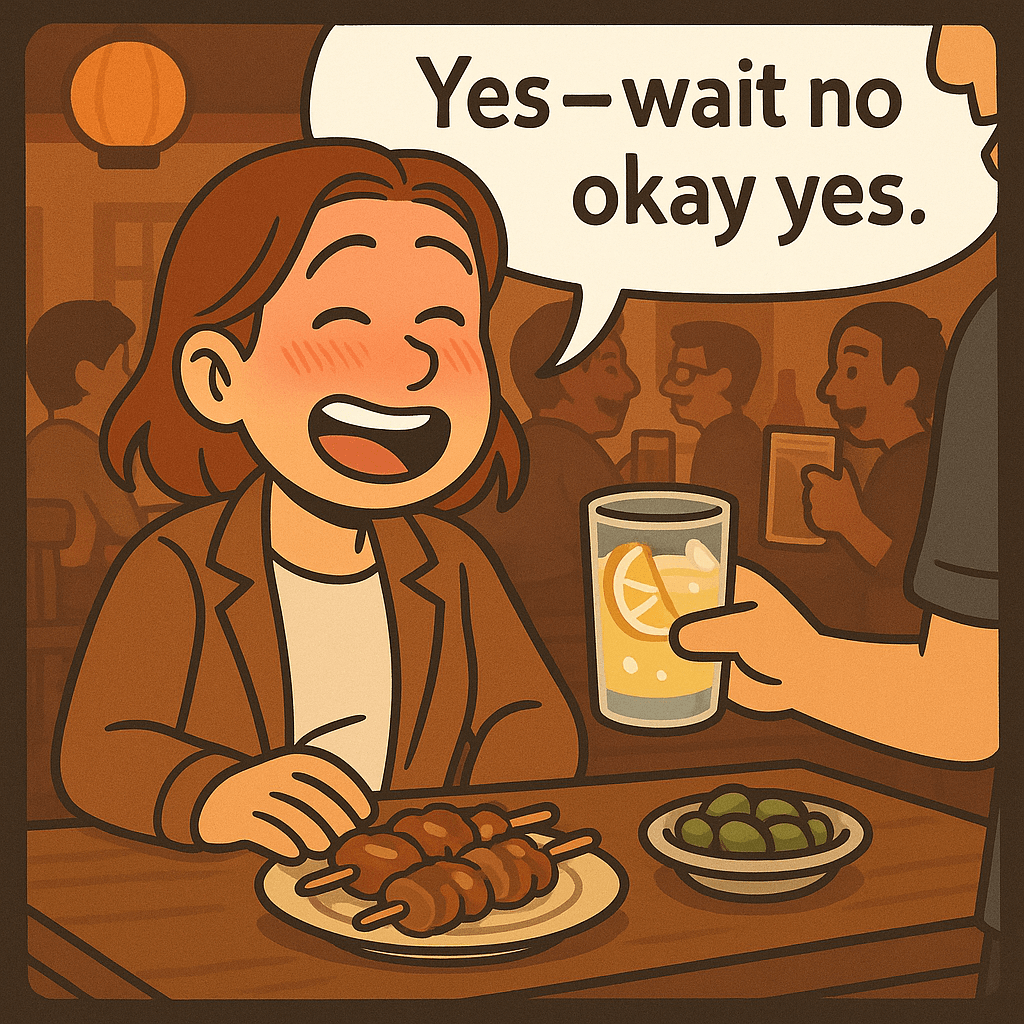
After a day of sightseeing, step into a local izakaya (Japanese pub) and unwind with food and drinks. These cozy spots are where locals relax—and many welcome tourists.
Menu items to try:
- Yakitori (grilled chicken skewers)
- Karaage (fried chicken)
- Sake or shochu (Japanese spirits)
- Seasonal small plates
Some izakayas have English menus or picture menus, and counter seating is great for solo travelers. Don’t be shy—it’s one of the best ways to experience Japan’s nightlife.
Visit Asakusa Culture and Tourist Information Center

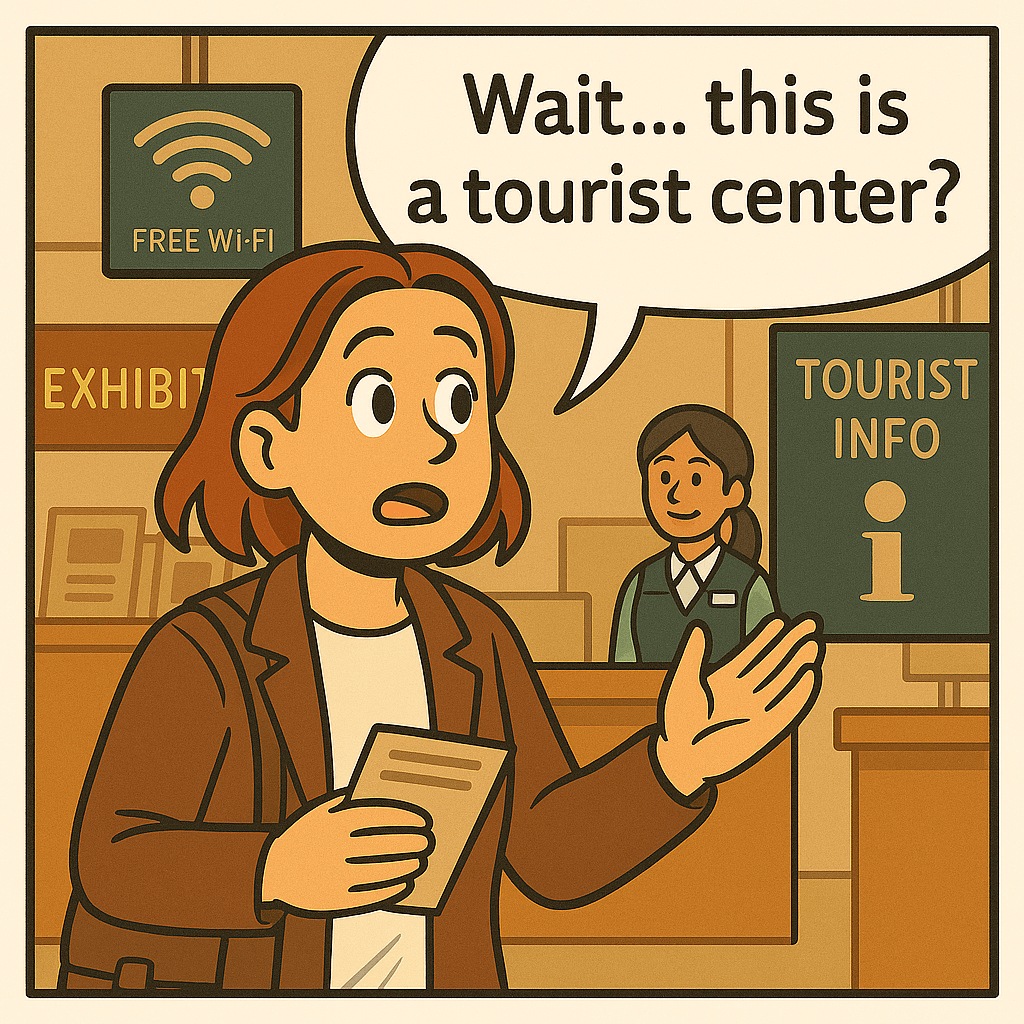


Right across from Kaminarimon is a striking modern building designed by Kengo Kuma: the Asakusa Culture and Tourist Information Center.
Why visit?
- Free rooftop observation deck with views of Sensō-ji and Skytree
- Multilingual staff ready to help
- Free Wi-Fi and restrooms
- Cultural exhibitions and event info
It’s an ideal first stop to get your bearings—or a great last stop for final photos.
Stop by Hanayashiki – Japan’s Oldest Amusement Park
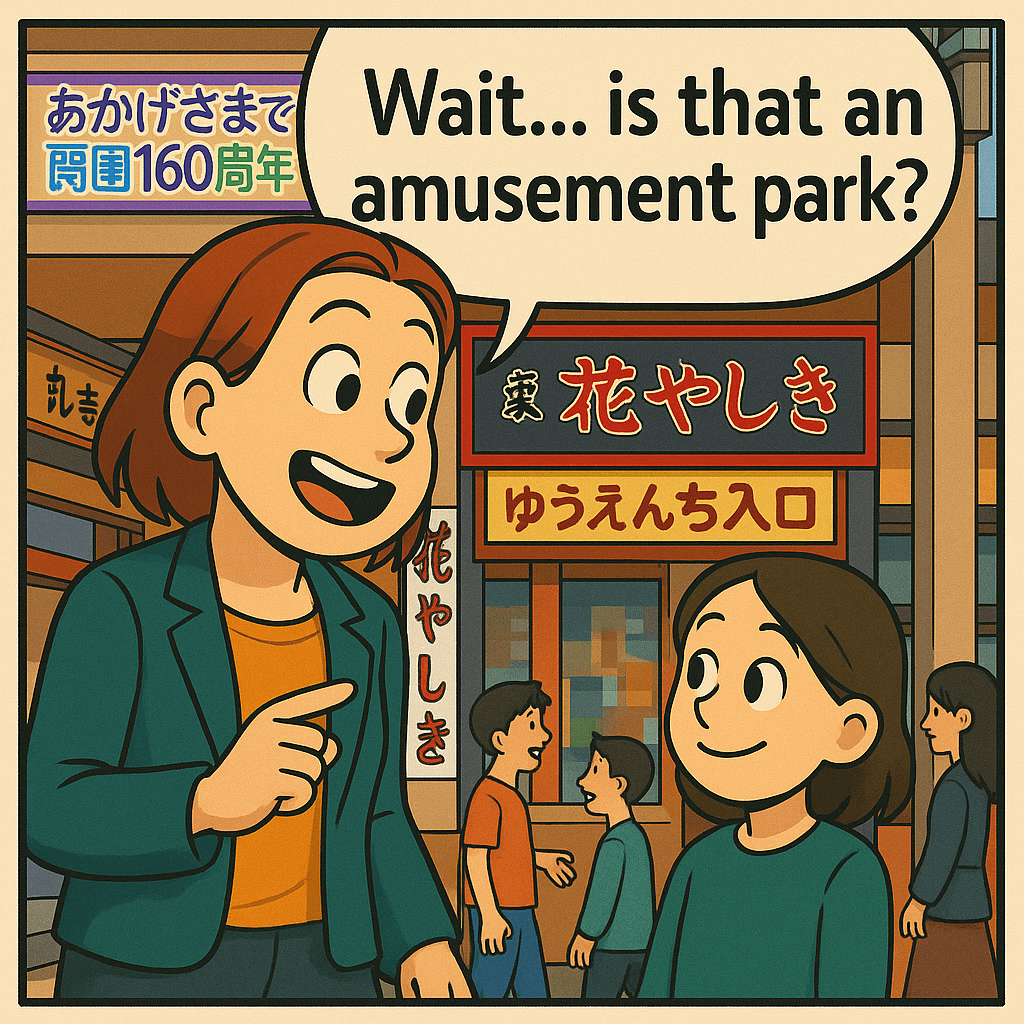

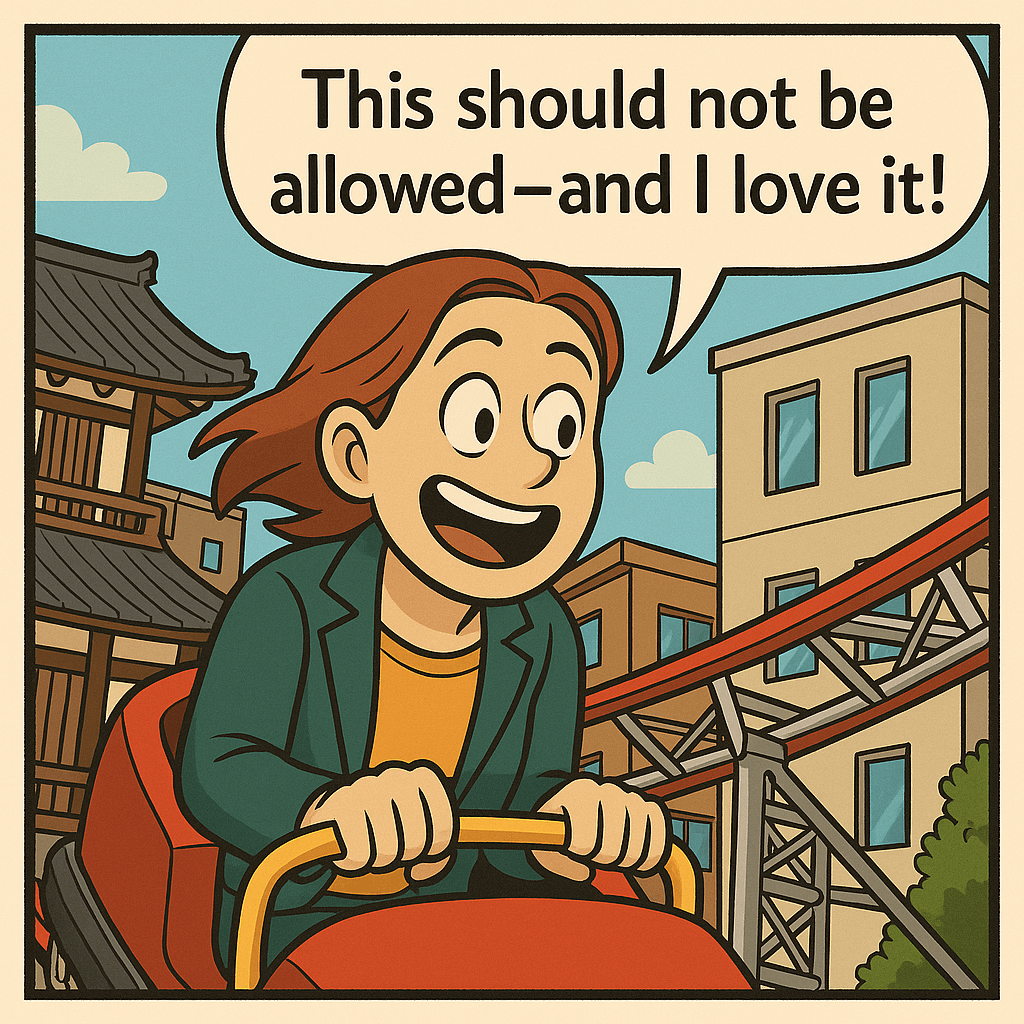

Tucked away behind Sensō-ji is Hanayashiki, Japan’s oldest amusement park (est. 1853). It’s compact, a little quirky, and full of charm.
Highlights:
- A mini roller coaster weaving through buildings
- Retro shooting games and ninja houses
- Perfect for kids or nostalgic adults
Even if you don’t go on rides, the vintage vibe is great for photos and casual wandering.
Explore Kappabashi Street – The Kitchen Town


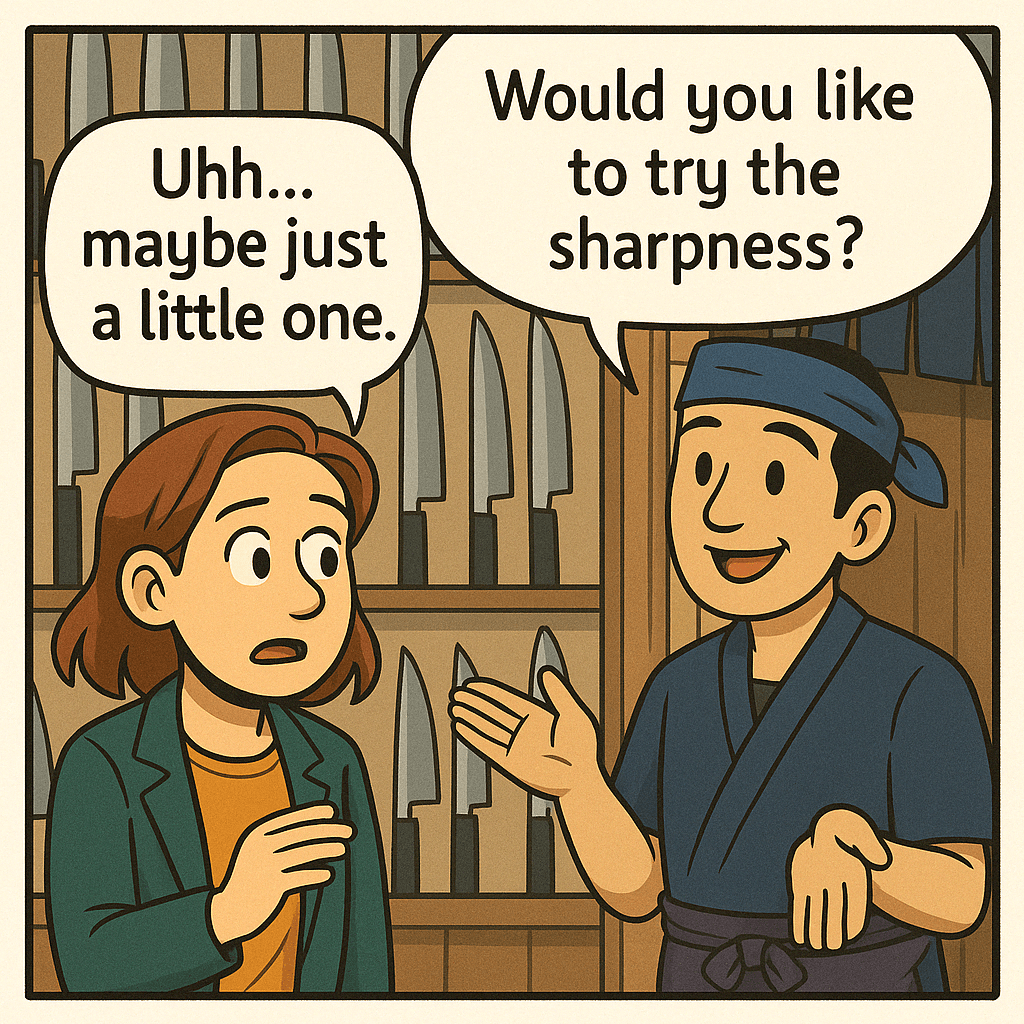
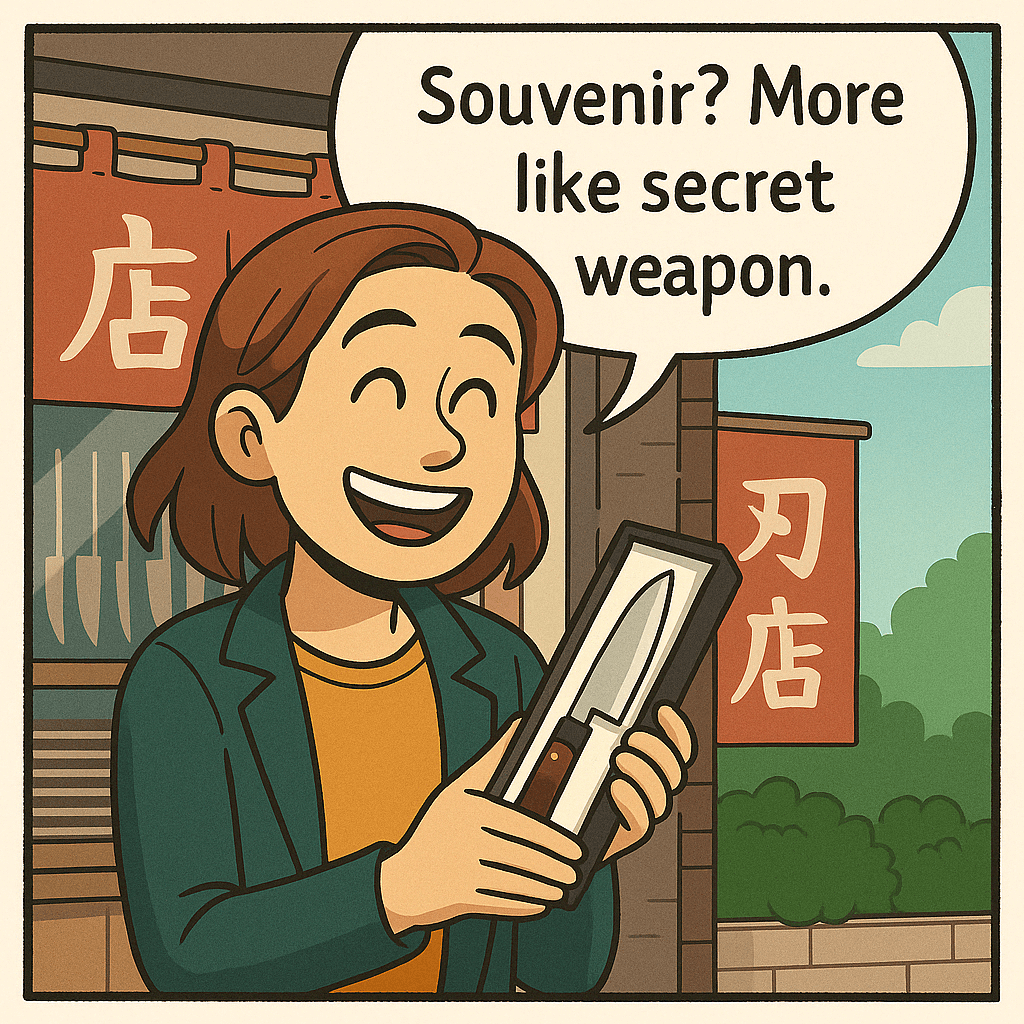
A 10-minute walk from Sensō-ji brings you to Kappabashi Dougu-gai, a street lined with stores selling cooking tools, tableware, and the famous fake food samples used in restaurant displays.
What you’ll find:
- Professional-grade knives (many shops ship internationally)
- Beautiful ceramic dishes and chopsticks
- Fun food replicas like sushi keychains or tempura magnets
It’s a unique shopping experience—even if you don’t cook!
Visit a Japanese Shrine – Asakusa Shrine


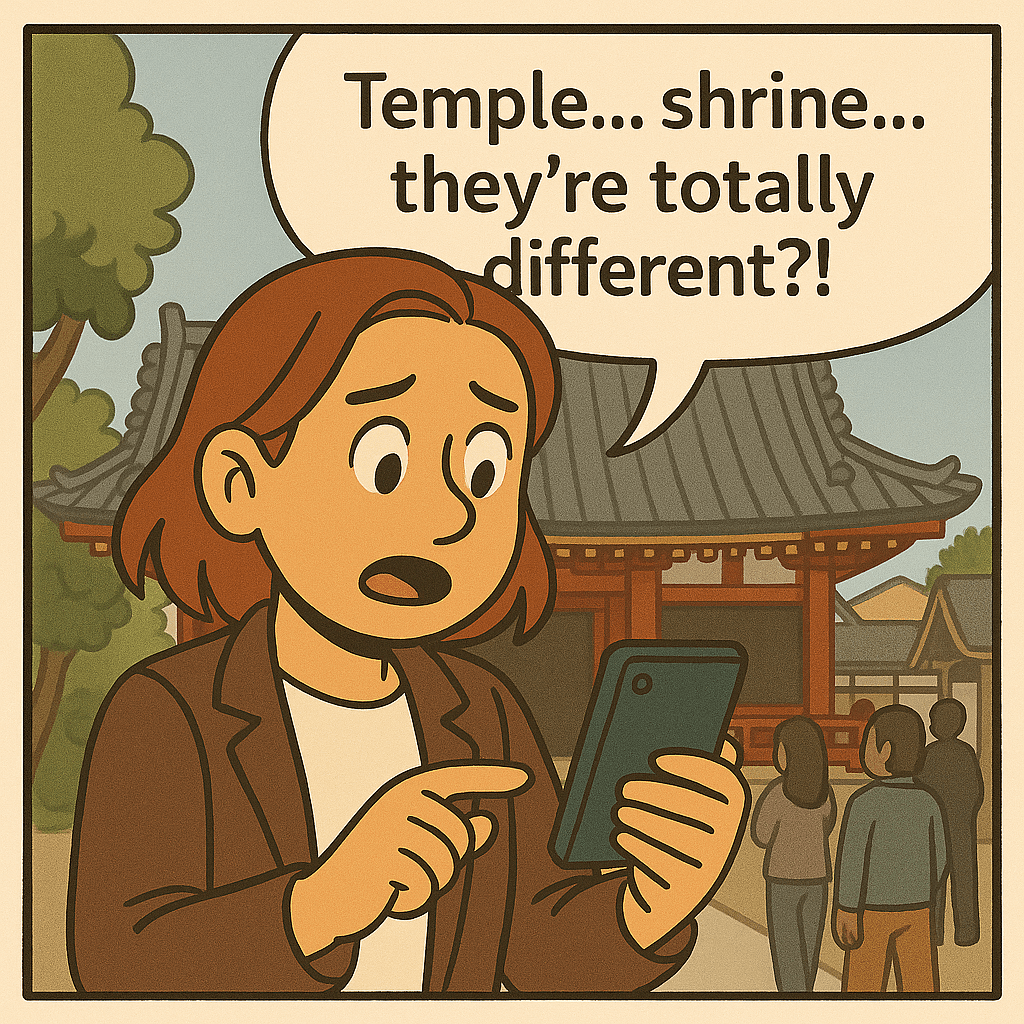

Located right next to Sensō-ji, the Asakusa Shrine offers a quieter, more spiritual atmosphere. It’s a Shinto shrine, in contrast to the Buddhist temple next door.
Tips:
- Don’t miss the big Sanja Matsuri festival in May
- Look for the torii gates, shimenawa ropes, and ema boards with visitor wishes
- A great spot to reflect and experience Japan’s dual religious culture
Discover the Night Side of Asakusa
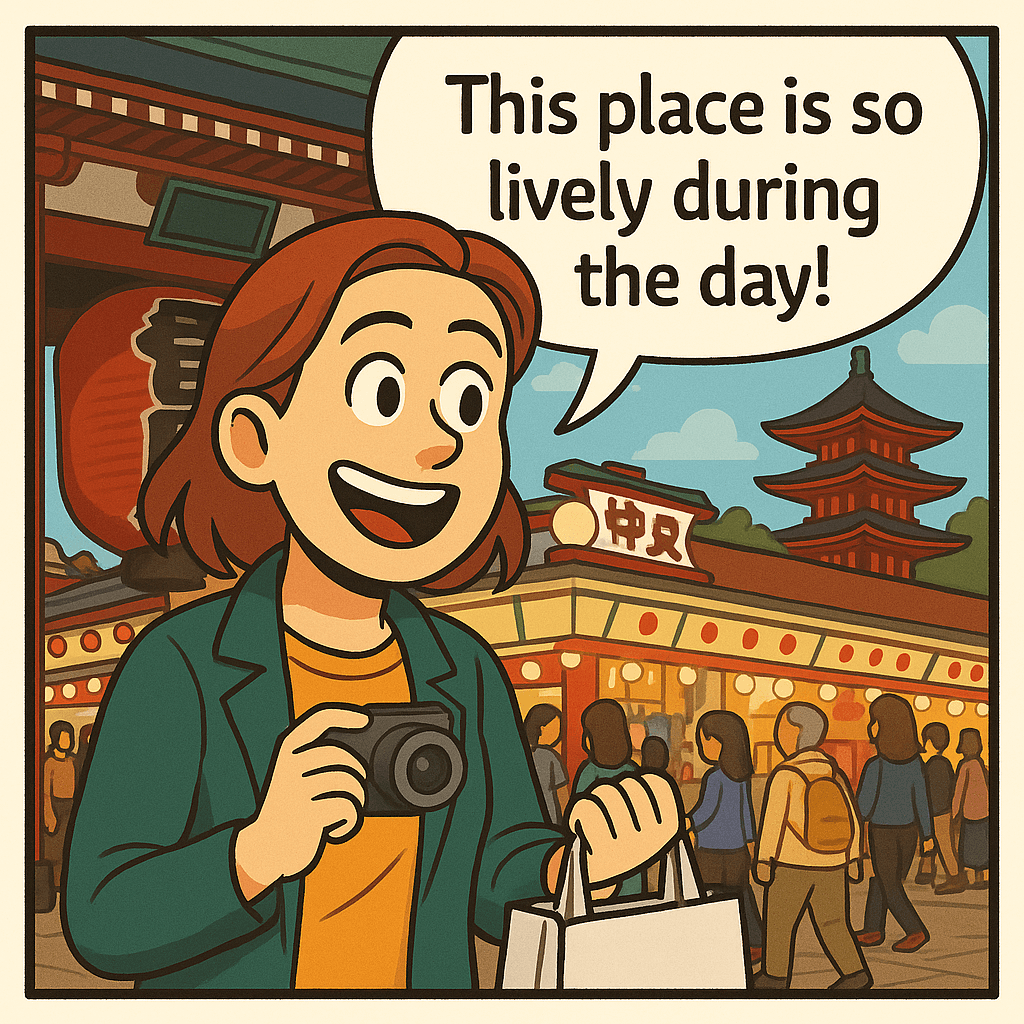
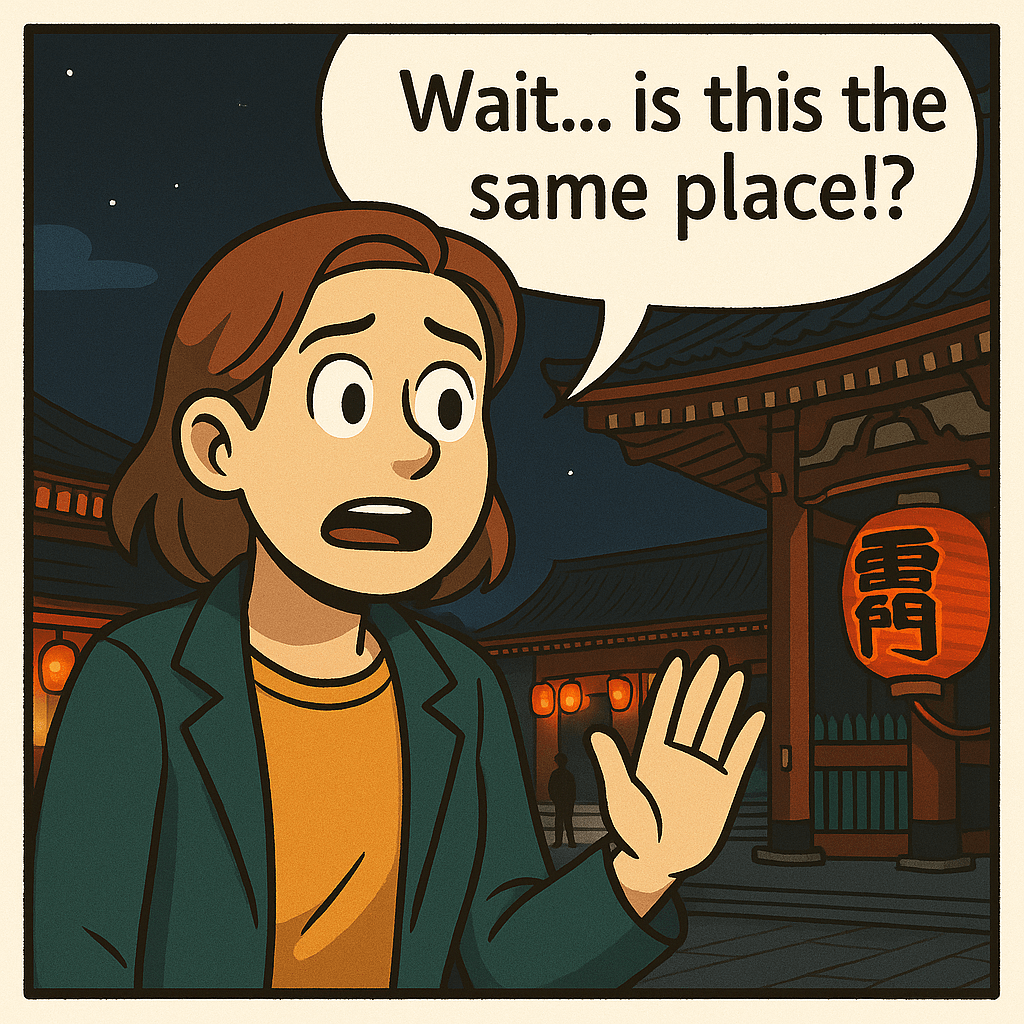
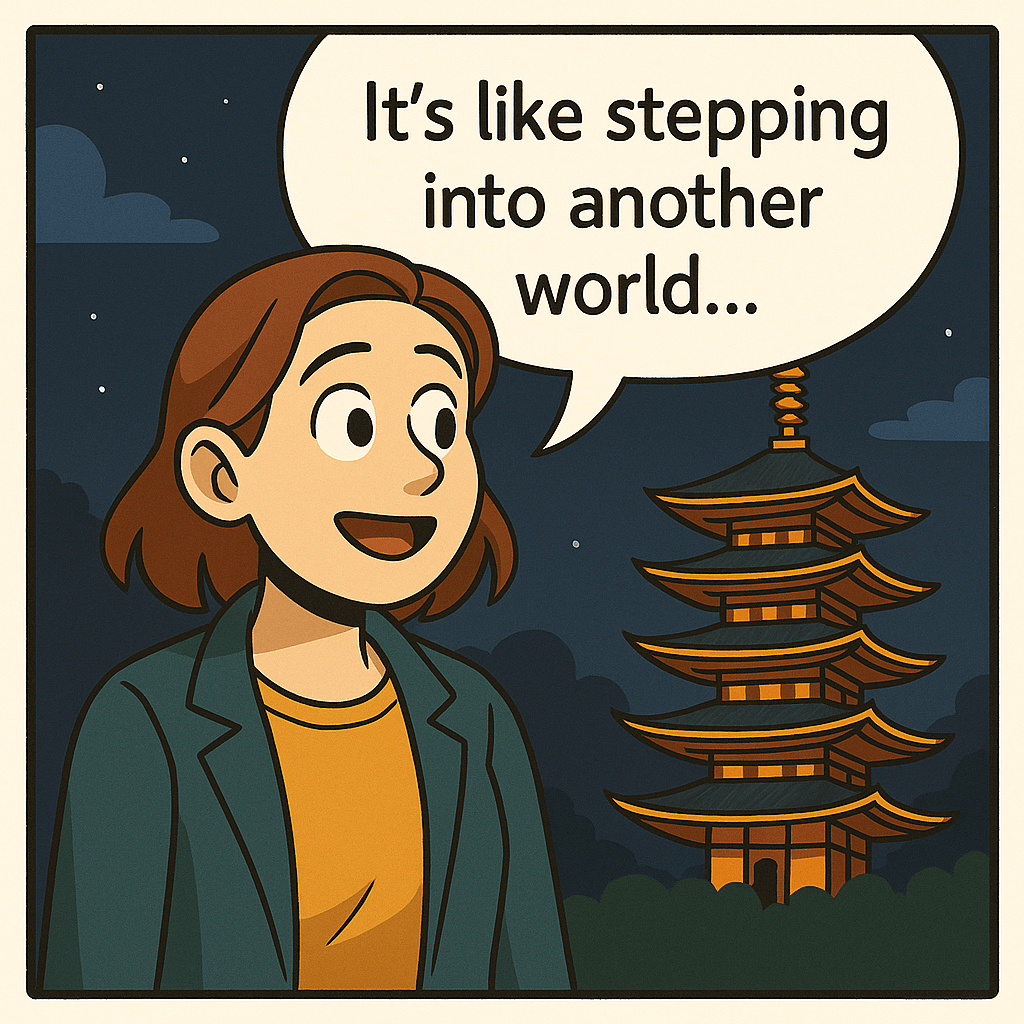
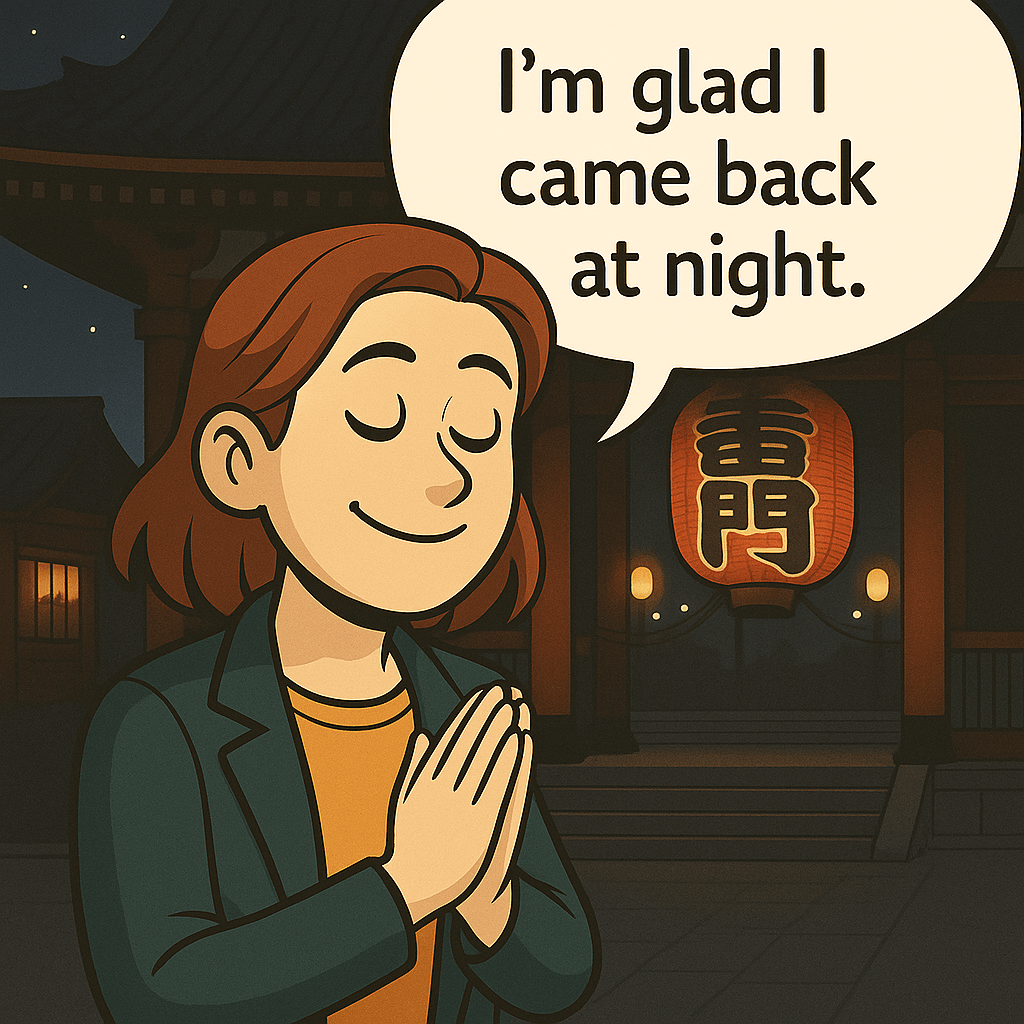
Asakusa at night is calm, charming, and totally different from the daytime bustle. The temple grounds are softly lit, and the streets take on a nostalgic glow.
What to do:
- Visit a lantern-lit Sensō-ji after dark
- Enjoy riverside views of the illuminated Tokyo Skytree
- Bar-hop in Hoppy Street, a retro alley with old-school vibes
It’s a peaceful way to wind down and capture another side of the area.
Take a Day Trip to Tokyo Skytree




Just across the Sumida River is Tokyo Skytree, the tallest structure in Japan and one of the tallest in the world.
You can:
- Go up to the Tembo Deck for panoramic city views
- Visit Sumida Aquarium or the Pokémon Center Skytree Town
- Shop or grab a bite in the connected Solamachi mall
From Asakusa, it’s a 20-minute walk or a short train ride—super easy to include in your day.
Shop for Unique Souvenirs
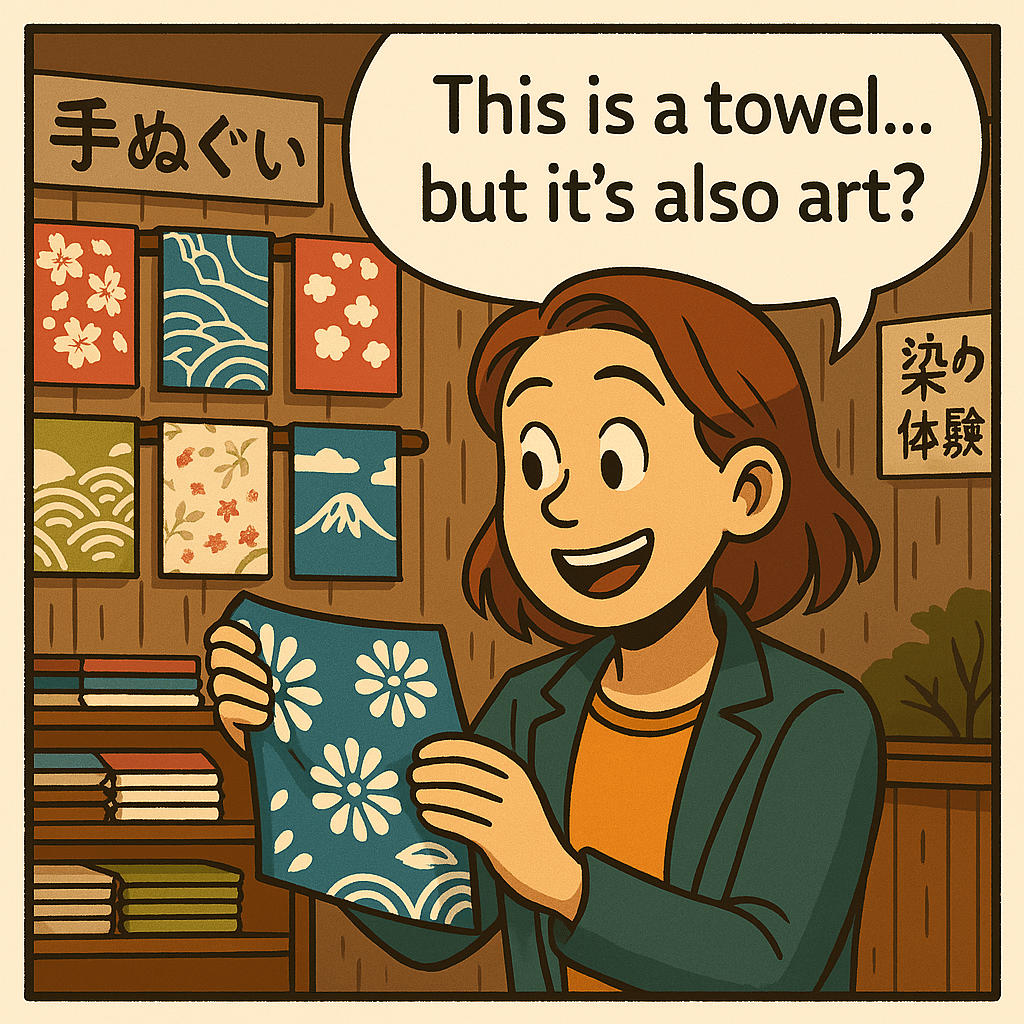


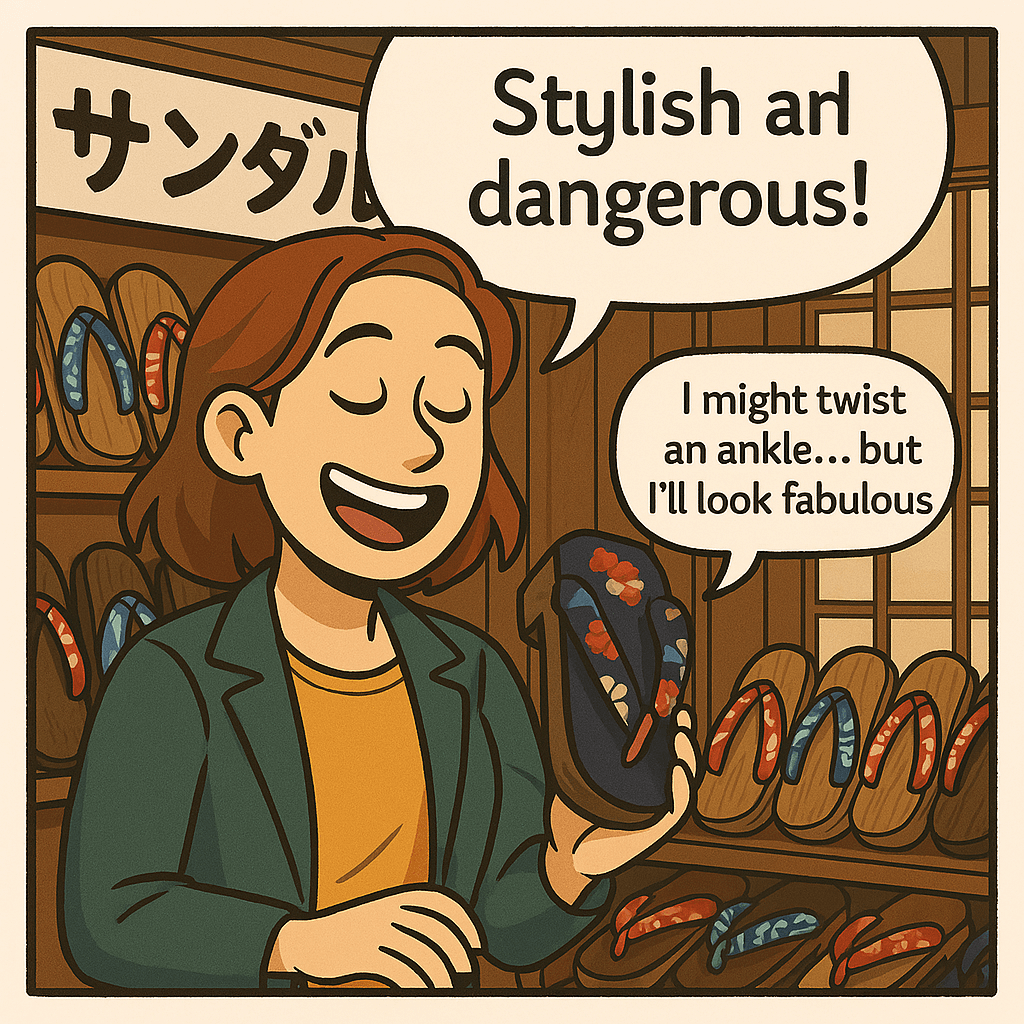
End your trip with something to take home. Asakusa is full of great souvenir ideas, like:
- Handmade fans, chopsticks, or tenugui cloths
- Local snacks like senbei, yokan, or matcha sweets
- Fun items like kappa figurines or Edo-style prints
Check both Nakamise Street and the side alleys—you’ll find treasures beyond the typical tourist goods.
Cross the Sumida River via Sumida River Walk
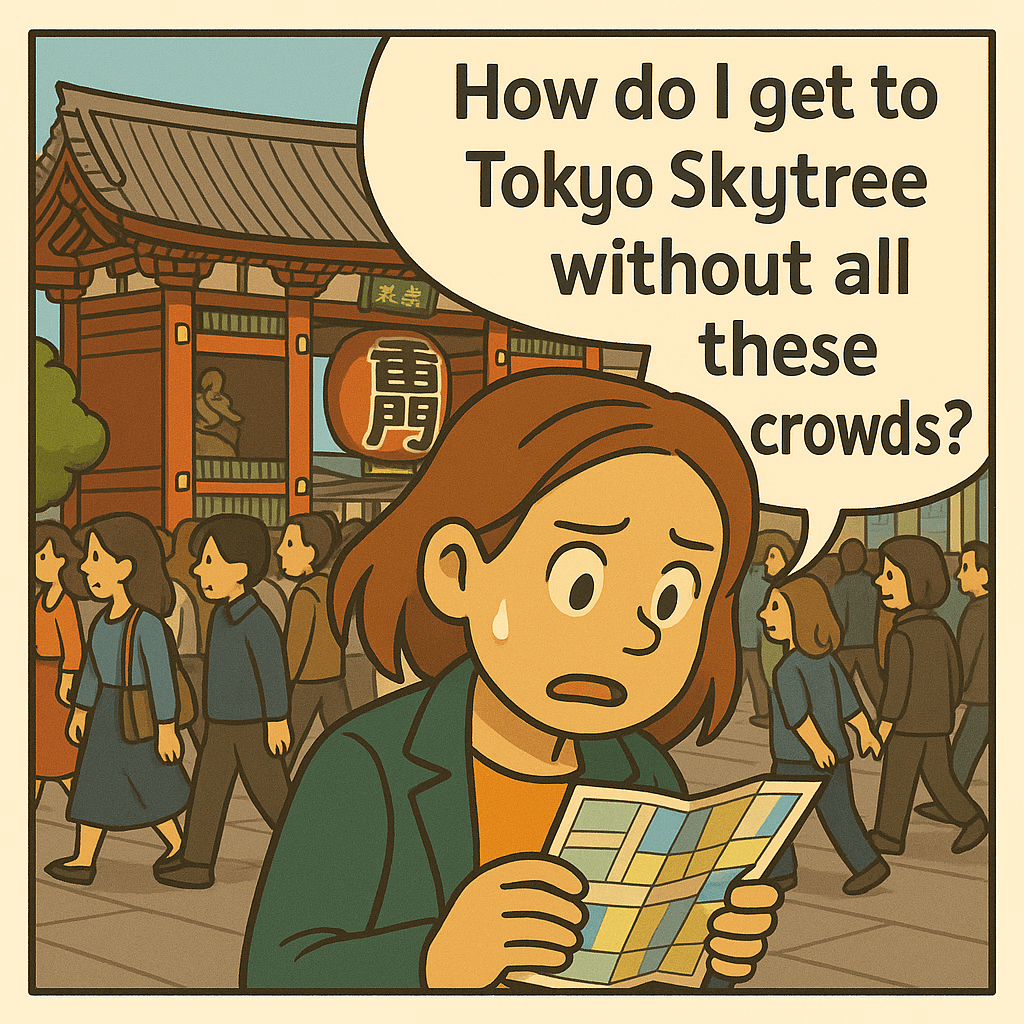
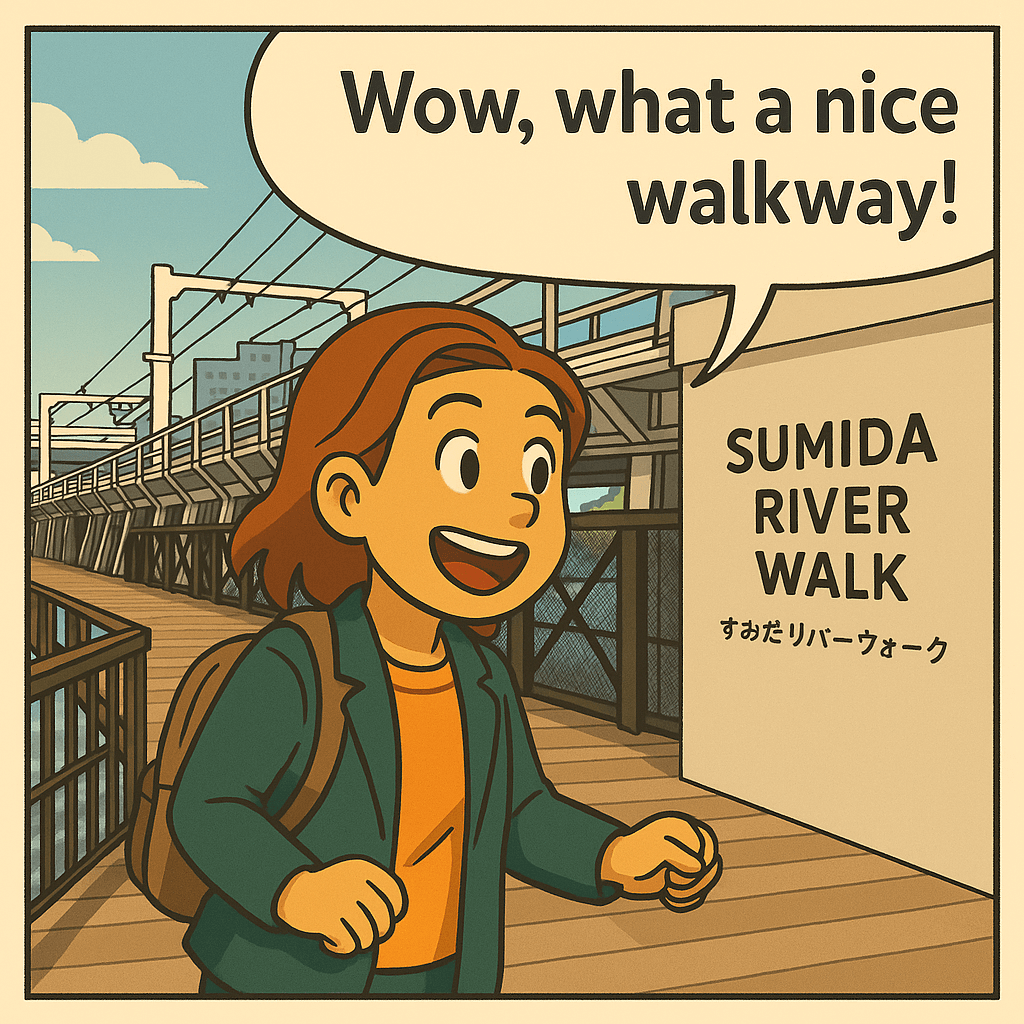


Just behind Sensō-ji lies a hidden modern gem: the Sumida River Walk. This pedestrian bridge connects Asakusa to Tokyo Skytree in just a few minutes on foot. It’s a calm and scenic route, offering a fantastic photo spot with views of both the river and the Skytree. Whether you’re heading to the tower or just out for a stroll, it’s a refreshing change from the busy main streets.
Visit the Asahi Beer Hall and See the “Golden Flame”
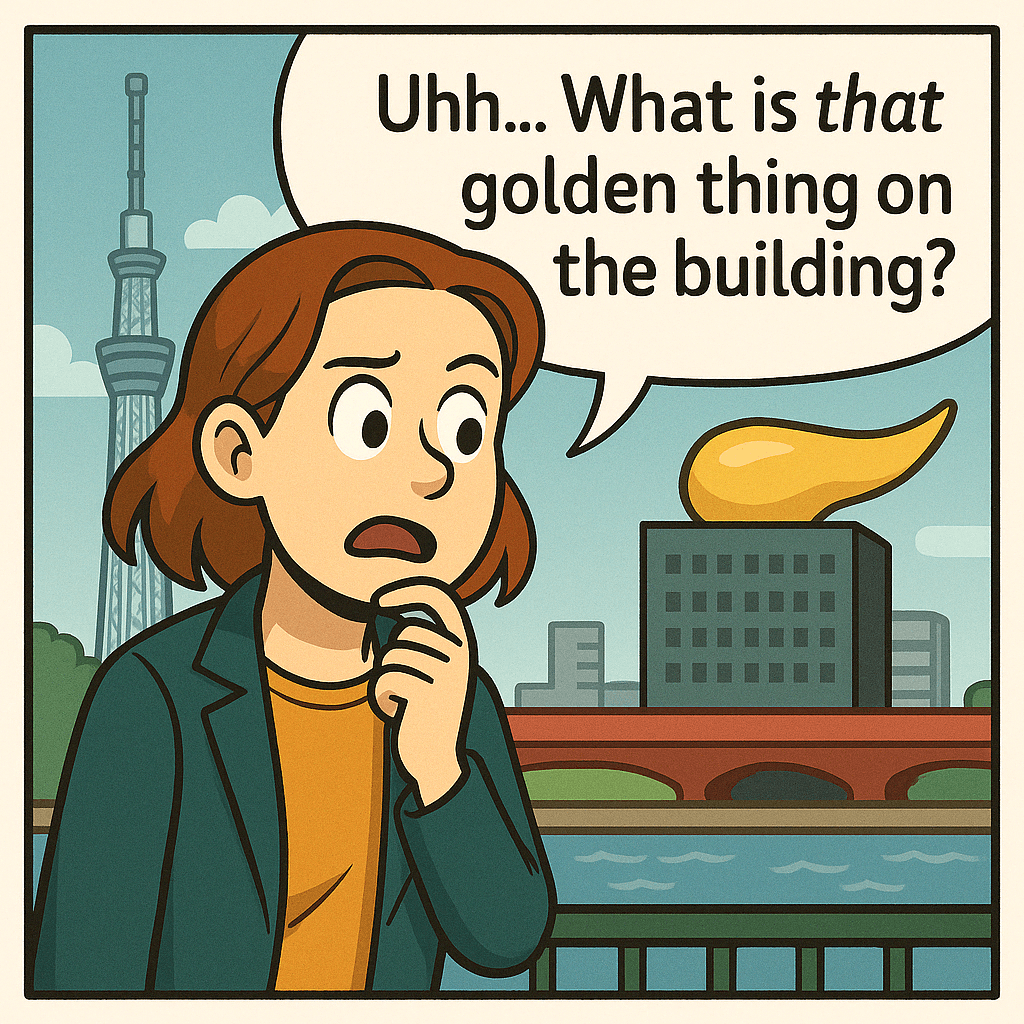



Right across the Sumida River stands the Asahi Beer Hall, topped with one of Tokyo’s most curious landmarks: the golden flame. Nicknamed the “golden poop” by many, it never fails to surprise visitors. The building itself is bold and artistic, and the area around it is great for photos with the Skytree in the background. A fun stop, even if you’re not into beer!
Experience Japanese Sweets at a Traditional Cafe



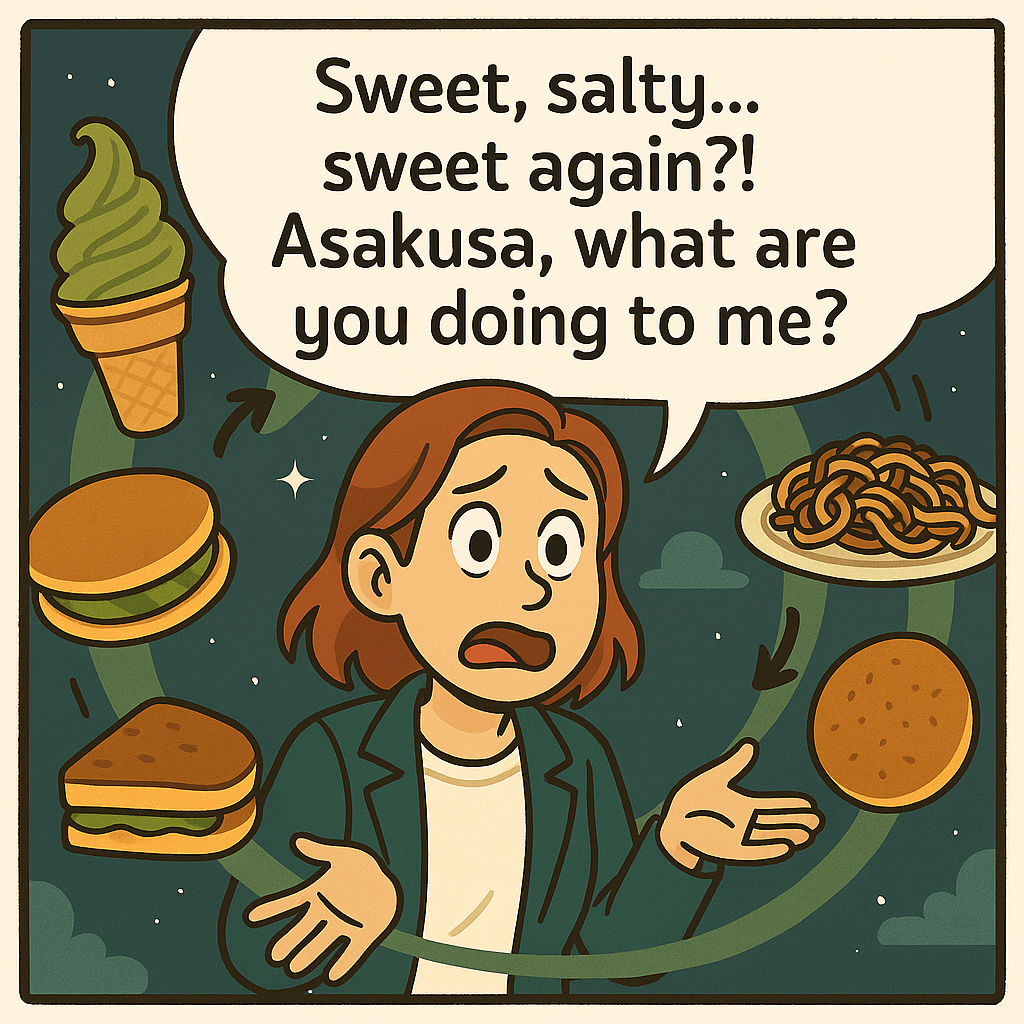
Need a break from walking? Step into one of Asakusa’s traditional cafes and treat yourself to wagashi—beautiful Japanese sweets often made from mochi, red bean paste, and seasonal ingredients. Try matcha with a side of anmitsu or zenzai (sweet red bean soup). These cafes offer a peaceful break and a taste of something uniquely Japanese.
Find Your Favorite Ramen


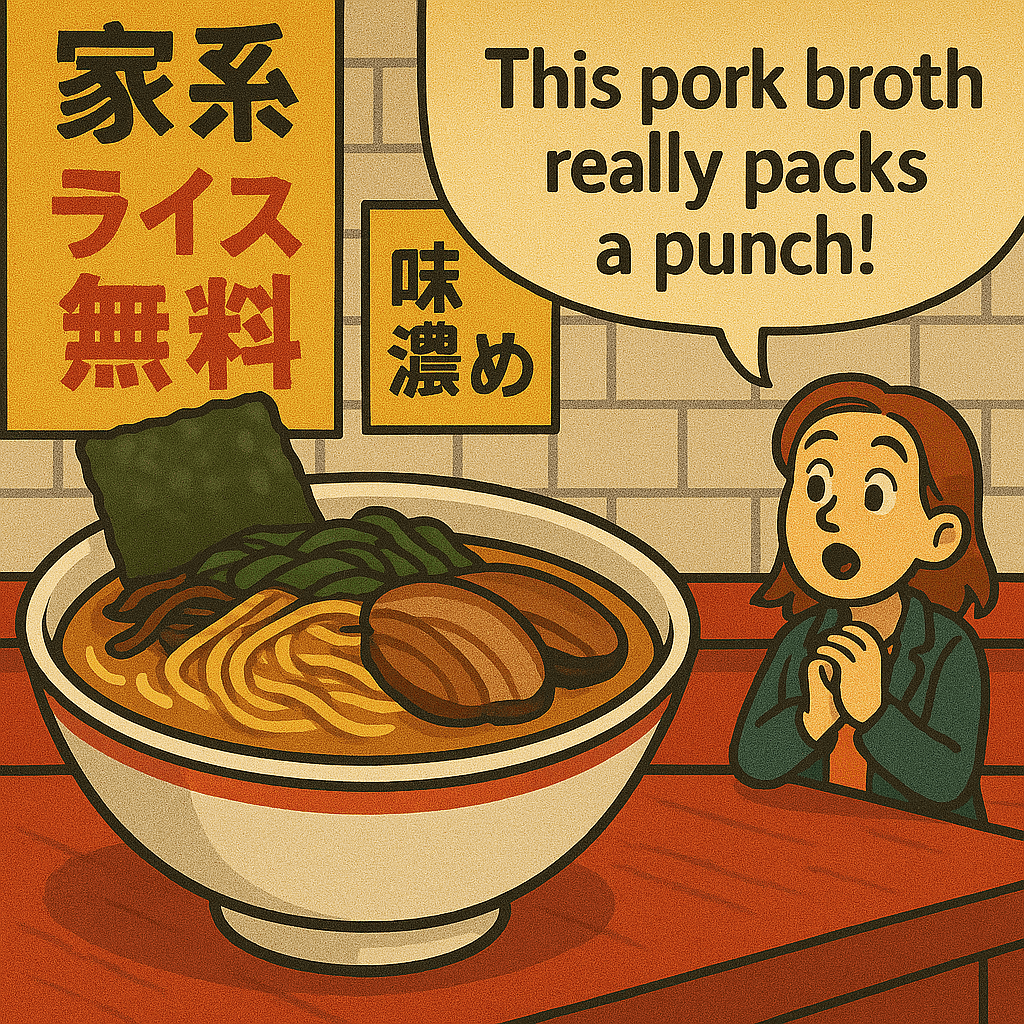
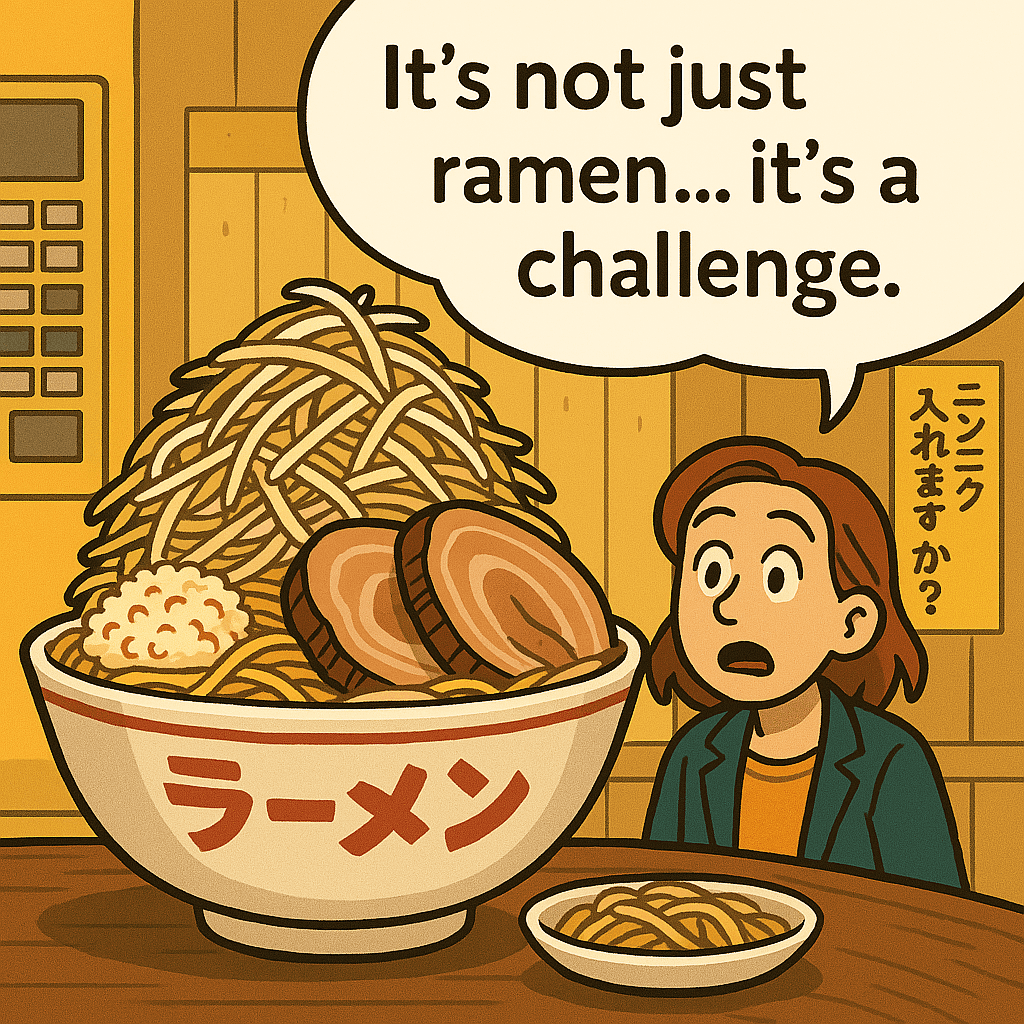
Slurp your way through Asakusa’s rich ramen scene.
From rich tonkotsu broth to sharp soy-based shoyu, Asakusa is a hidden gem for ramen lovers. Wander the side streets and you’ll discover everything from nostalgic retro shops to modern ramen bars with bold, creative flavors. Craving spicy miso? Curious about dried fish-based niboshi ramen? You’ll find it all here—often in tiny, tucked-away spots known only to locals.
Many ramen shops in the area have ticket machines at the entrance, so ordering is quick and easy—even if you don’t speak Japanese. Don’t forget to slurp—it’s not only acceptable in Japan, it’s encouraged!
Come hungry and leave happy. Your perfect bowl is waiting.
Watch a Show at Mokubakan or Engei Hall



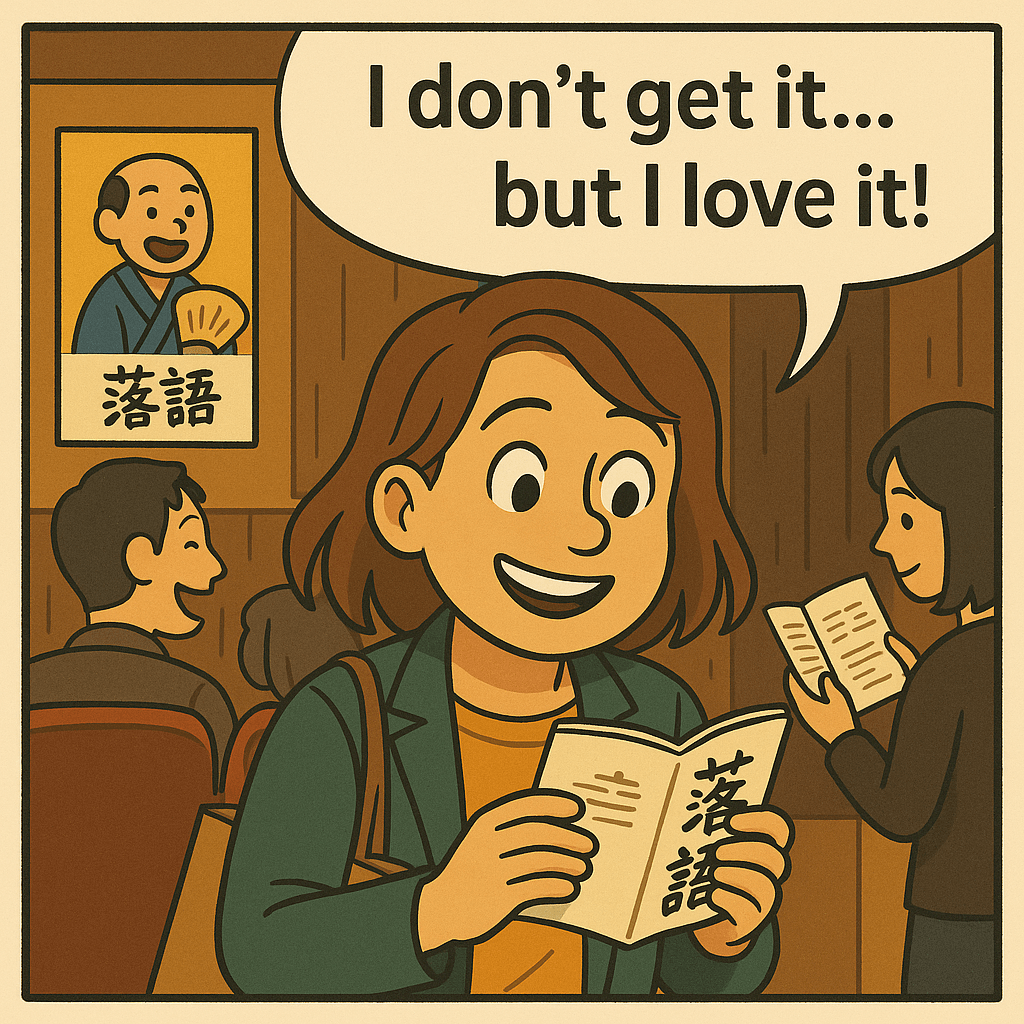
Asakusa isn’t just about temples and food—it’s also home to Japanese comedy and stage arts. Mokubakan and Asakusa Engei Hall host rakugo (comic storytelling), manzai (stand-up comedy), and other classic Japanese performances. No Japanese skills? No problem—the energy and atmosphere are fun and lively even if you don’t catch every word.
Discover the Asakusa Shichifukujin Meguri – The Seven Lucky Gods Pilgrimage

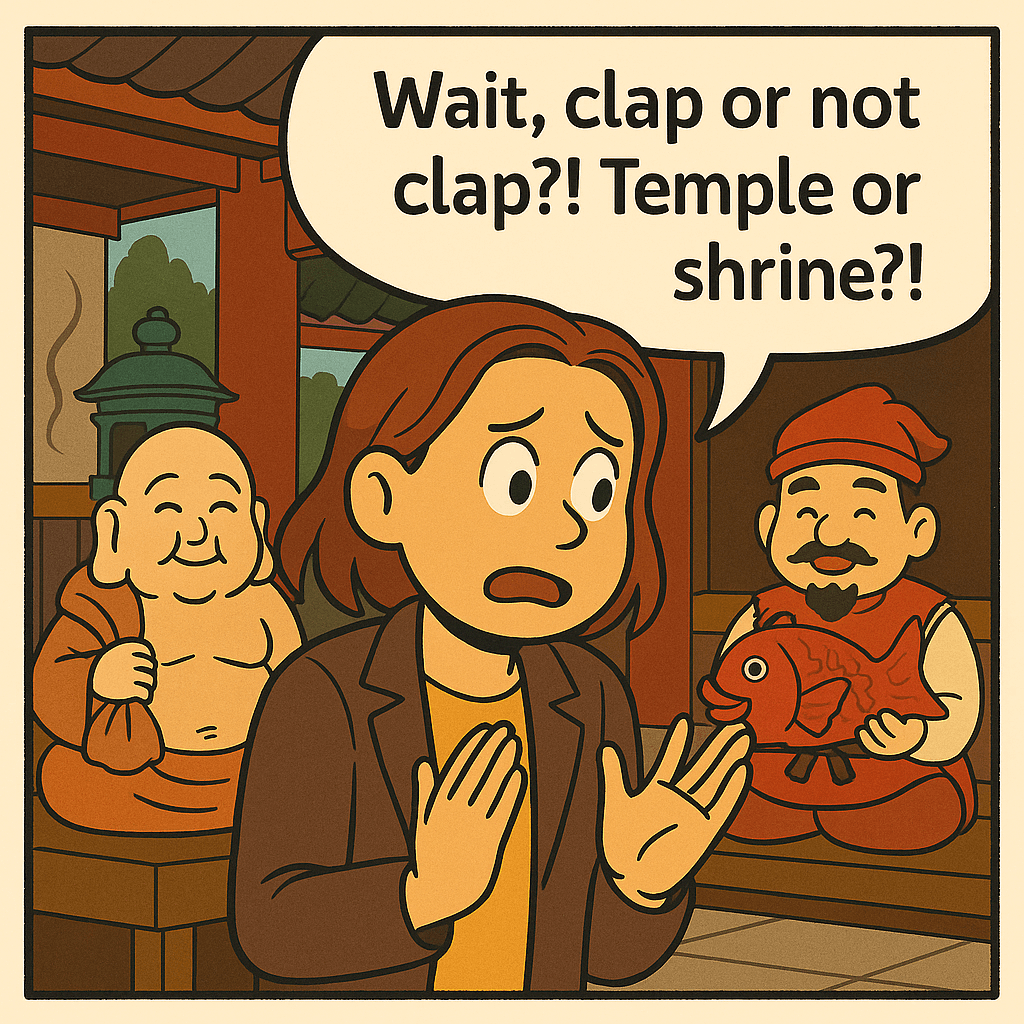
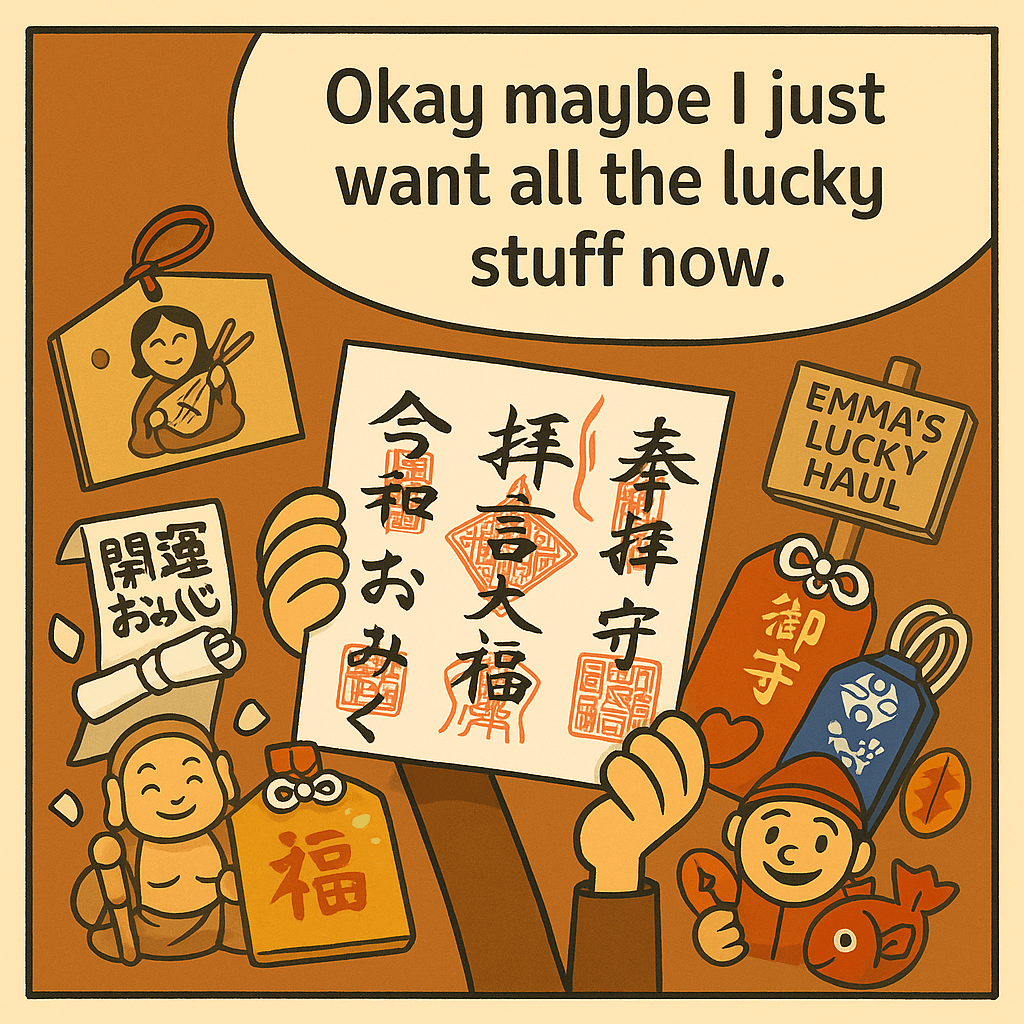

Looking for a spiritual and cultural walking tour with a twist? Try the Asakusa Shichifukujin Meguri, a pilgrimage to seven temples and shrines dedicated to the Seven Lucky Gods of Japan.
This local tradition combines sightseeing, gentle exercise, and good fortune—all in one walkable course around the historical Asakusa area. Each deity represents a different kind of luck, such as prosperity, happiness, wisdom, and long life.
- Visit 7 Sacred Sites: Temples and shrines like Imado Shrine, Hashiba Fudoson, and Yasaki Inari Shrine are part of the route.
- Collect Stamps or Mini Statues: Many participants collect red ink stamps or figurines of the deities at each stop.
- Scenic Neighborhoods: The route passes through charming backstreets filled with old shops, local snacks, and hidden treasures.
- Start the Year Right: It’s especially popular during the New Year season when many locals go on the walk to welcome luck into their lives.
Whether you’re a history buff, a fan of Japanese folklore, or just love a peaceful stroll with purpose, the Seven Lucky Gods pilgrimage is a unique way to explore Asakusa beyond the usual tourist spots.
Sky Duck Tokyo: Ride, Splash, and Smile!




Looking for an unforgettable way to explore Tokyo? Hop on the Sky Duck — a one-of-a-kind amphibious bus that tours both land and water!
Emma’s adventure starts with surprise:
“Wait… this bus goes into the water?”
After a calm and scenic drive through the city, the real excitement begins — a dramatic splashdown into the river!
From wide-eyed shock to a beaming smile, it’s a ride that turns confusion into pure joy.
Whether you’re snapping skyline shots or laughing through the waves, Sky Duck Tokyo is more than just a tour — it’s a memory in motion.
Tip: Try to grab a seat by the window for the best photo ops!
Spot Tanuki Statues in Kappabashi




While exploring Kappabashi (Kitchen Town), keep an eye out for tanuki statues. These raccoon-like creatures are traditional symbols of luck and hospitality, often placed in front of shops. Some are cute, some are quirky—all are great for fun photos. Bonus: try asking a local shopkeeper about the meaning behind them!
